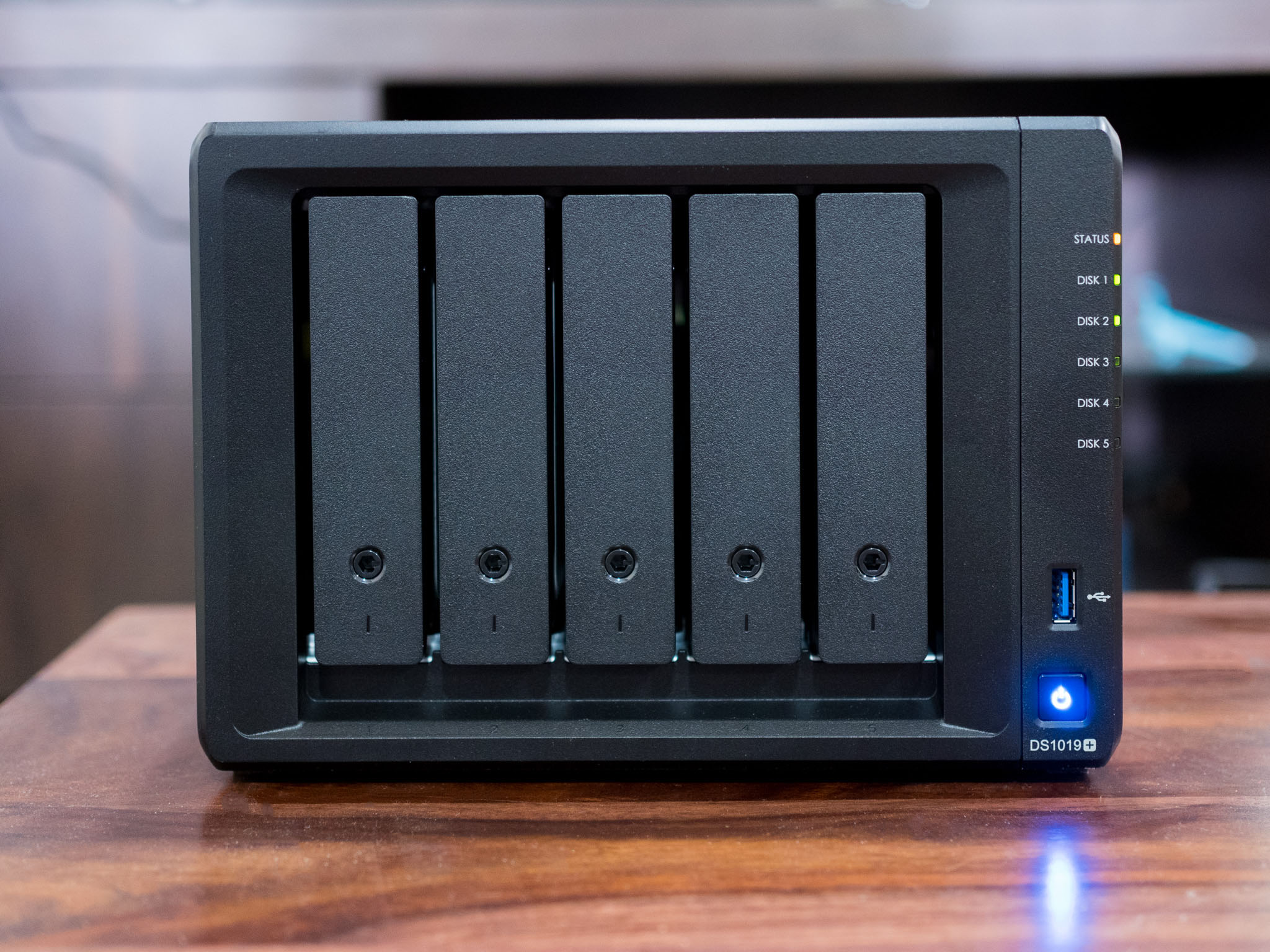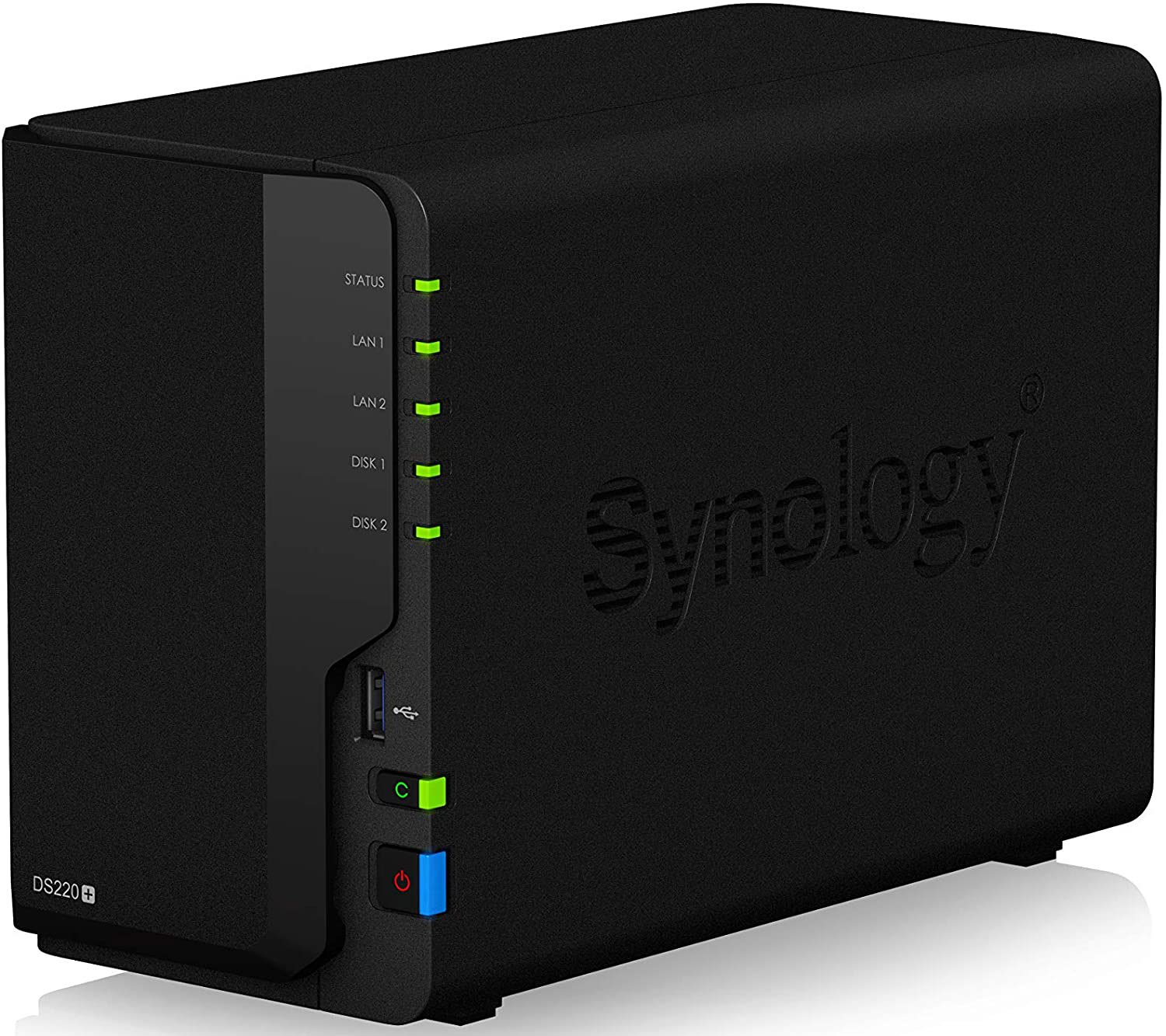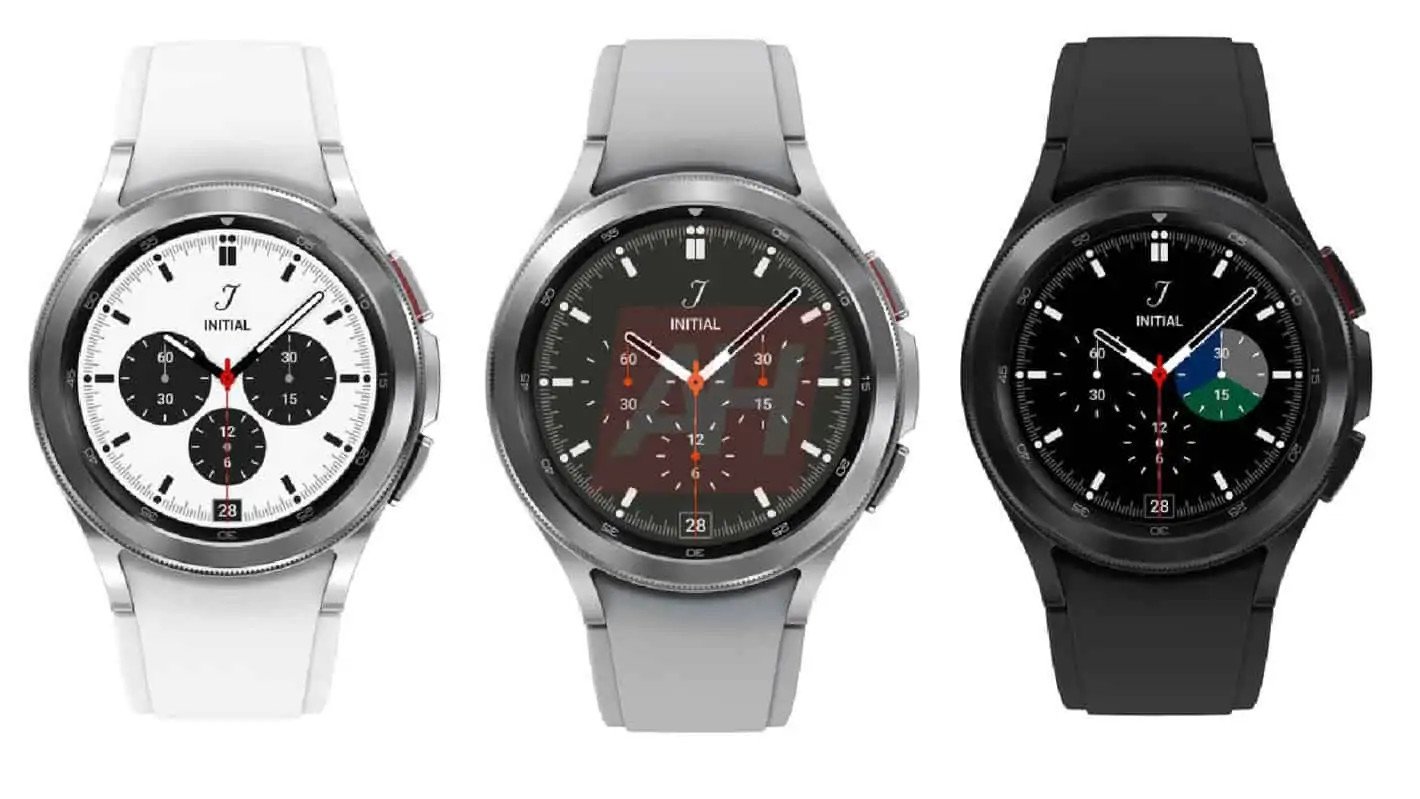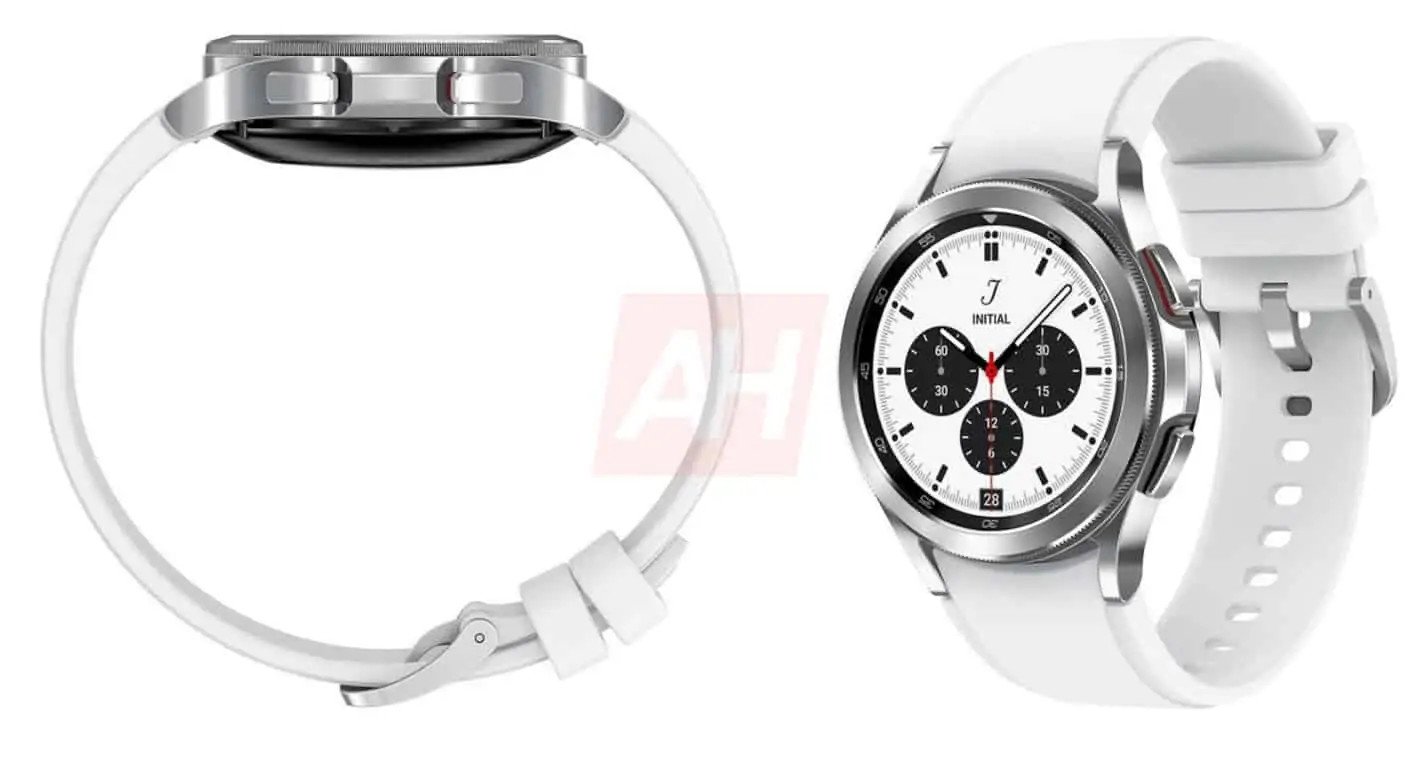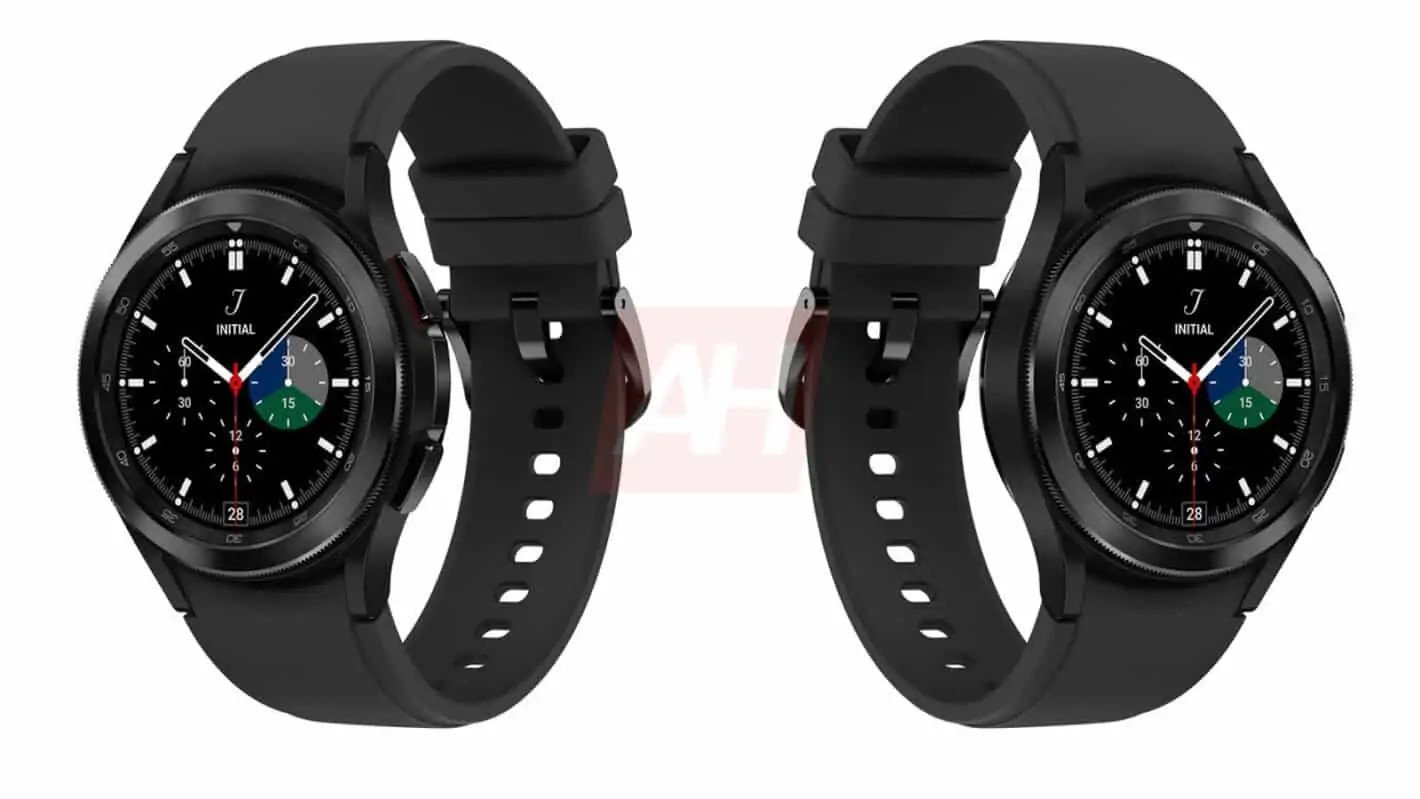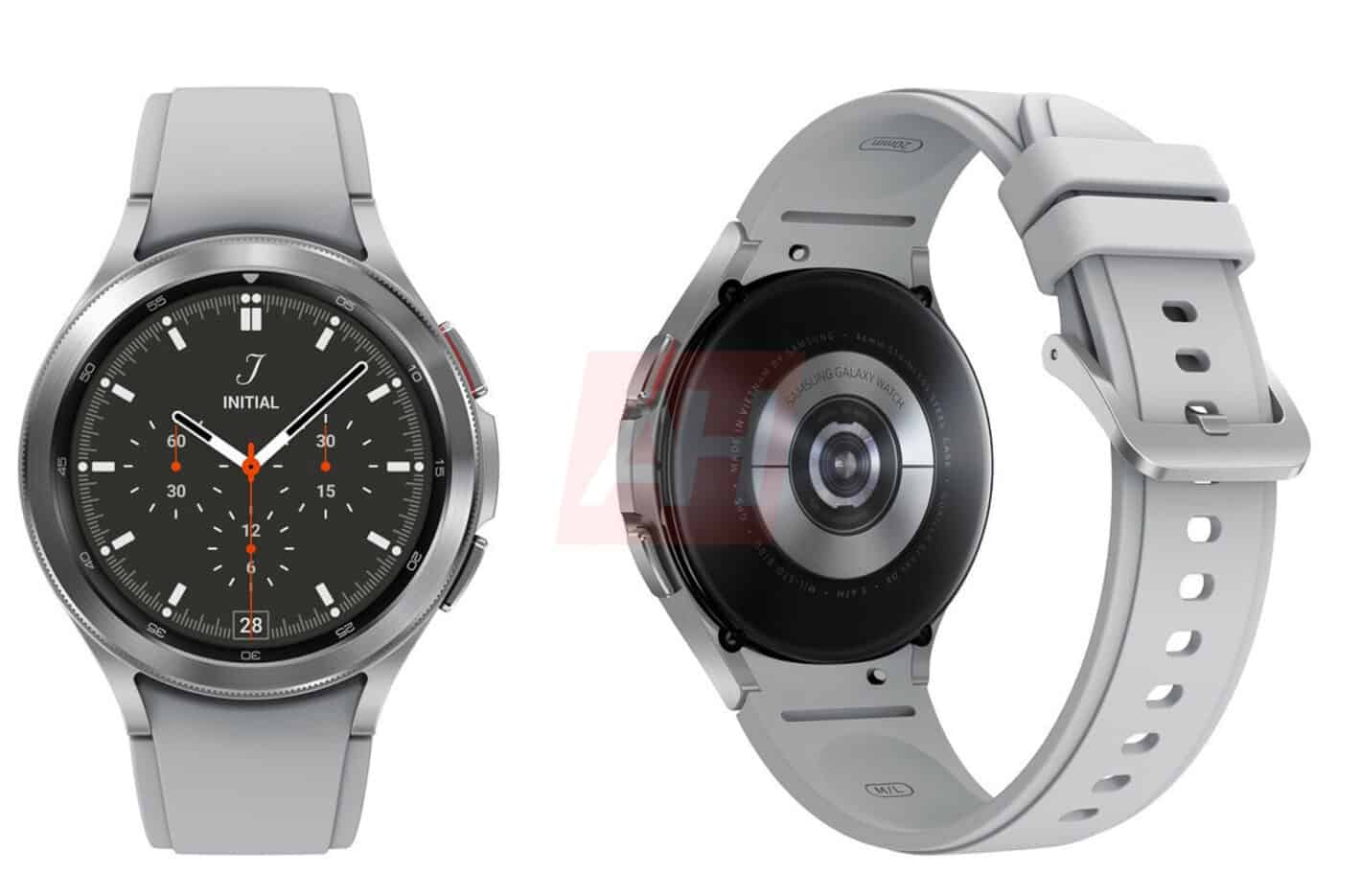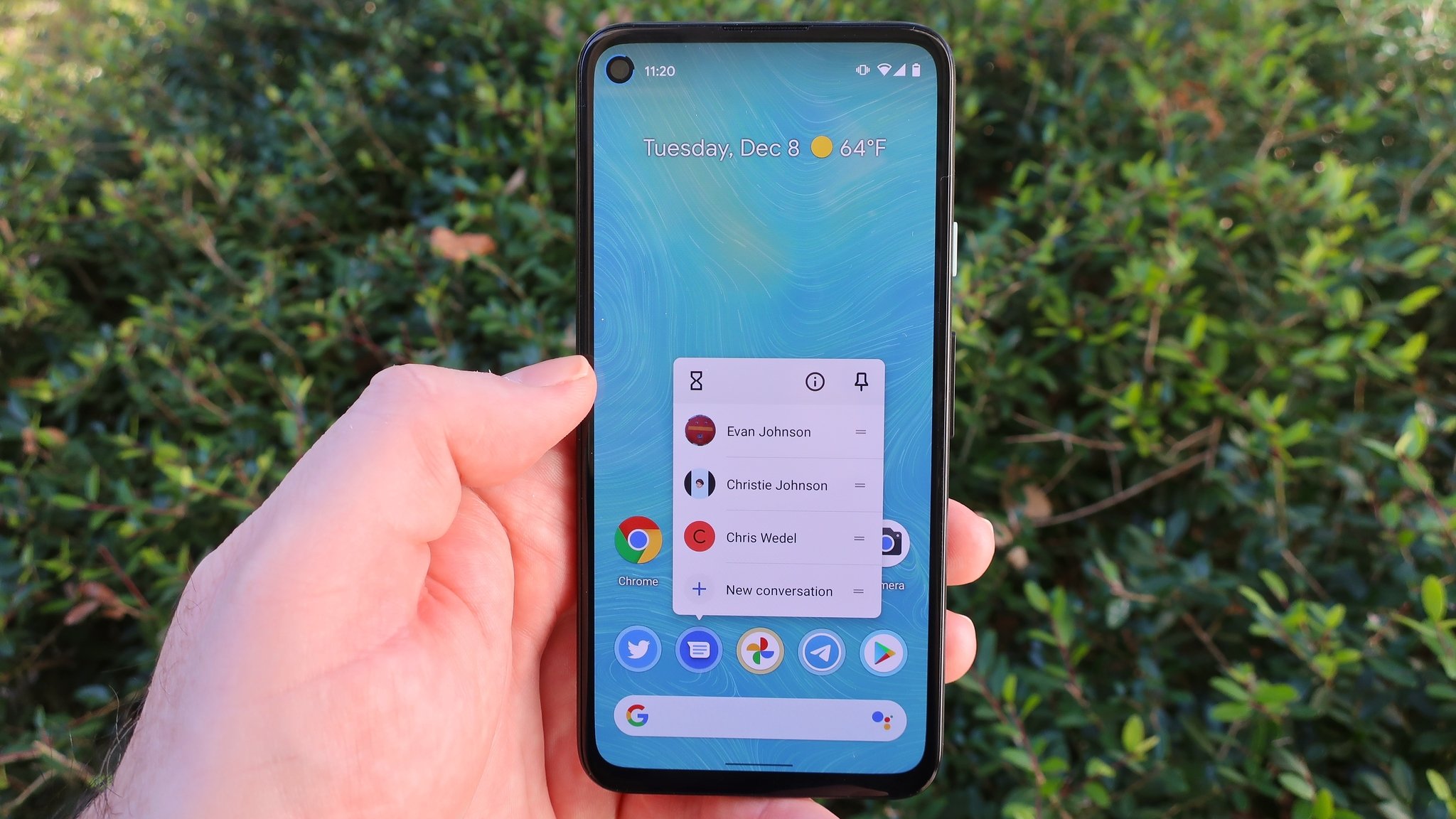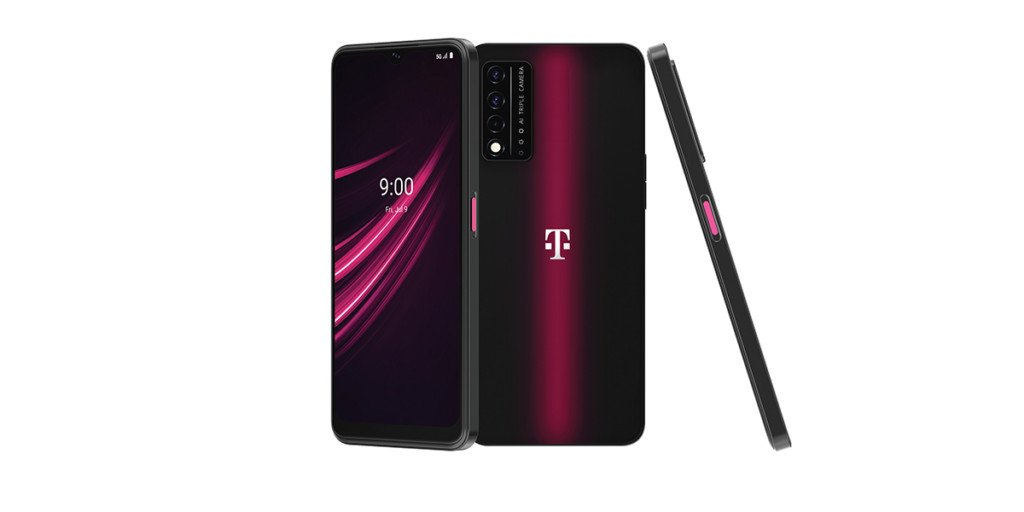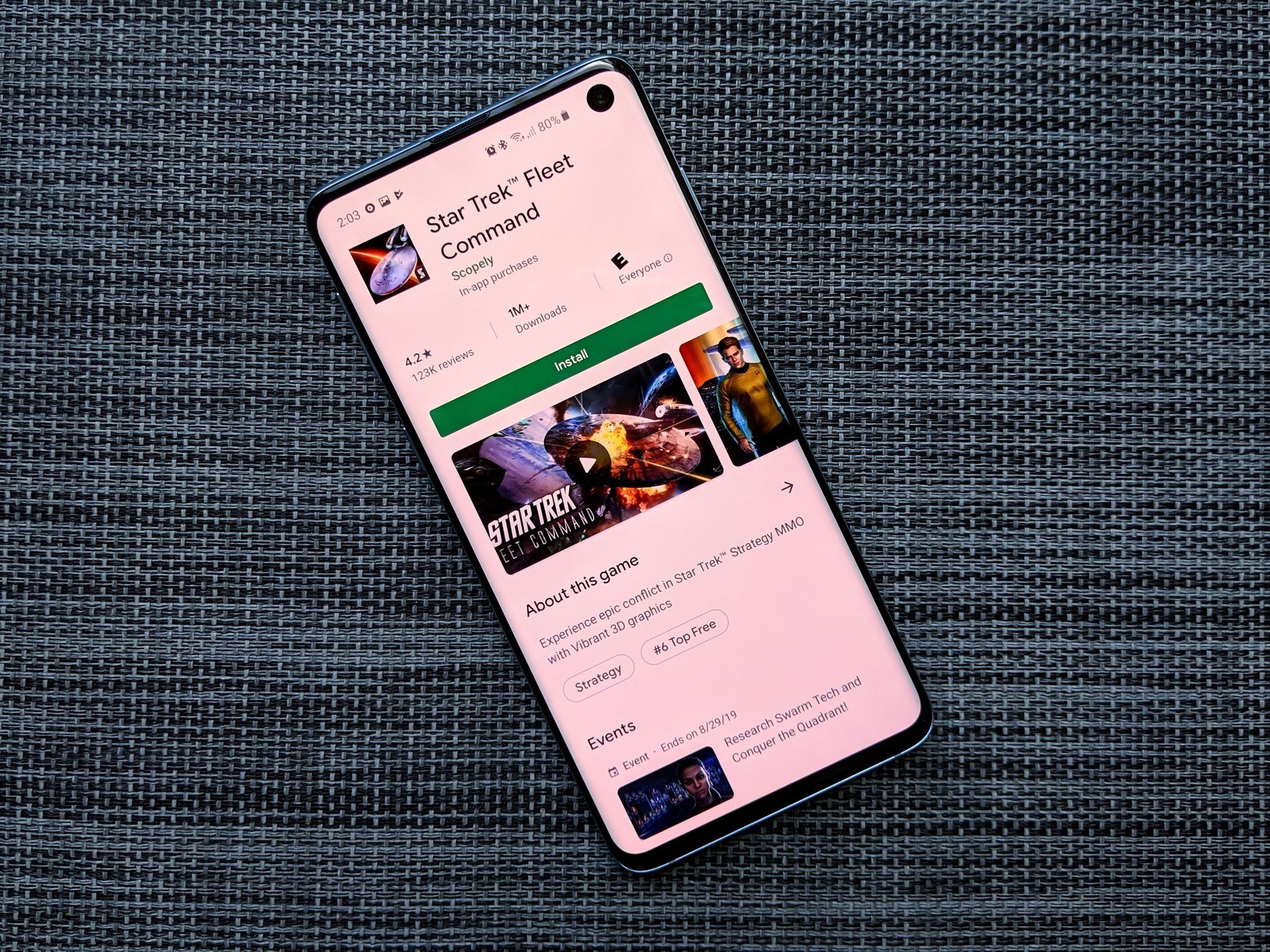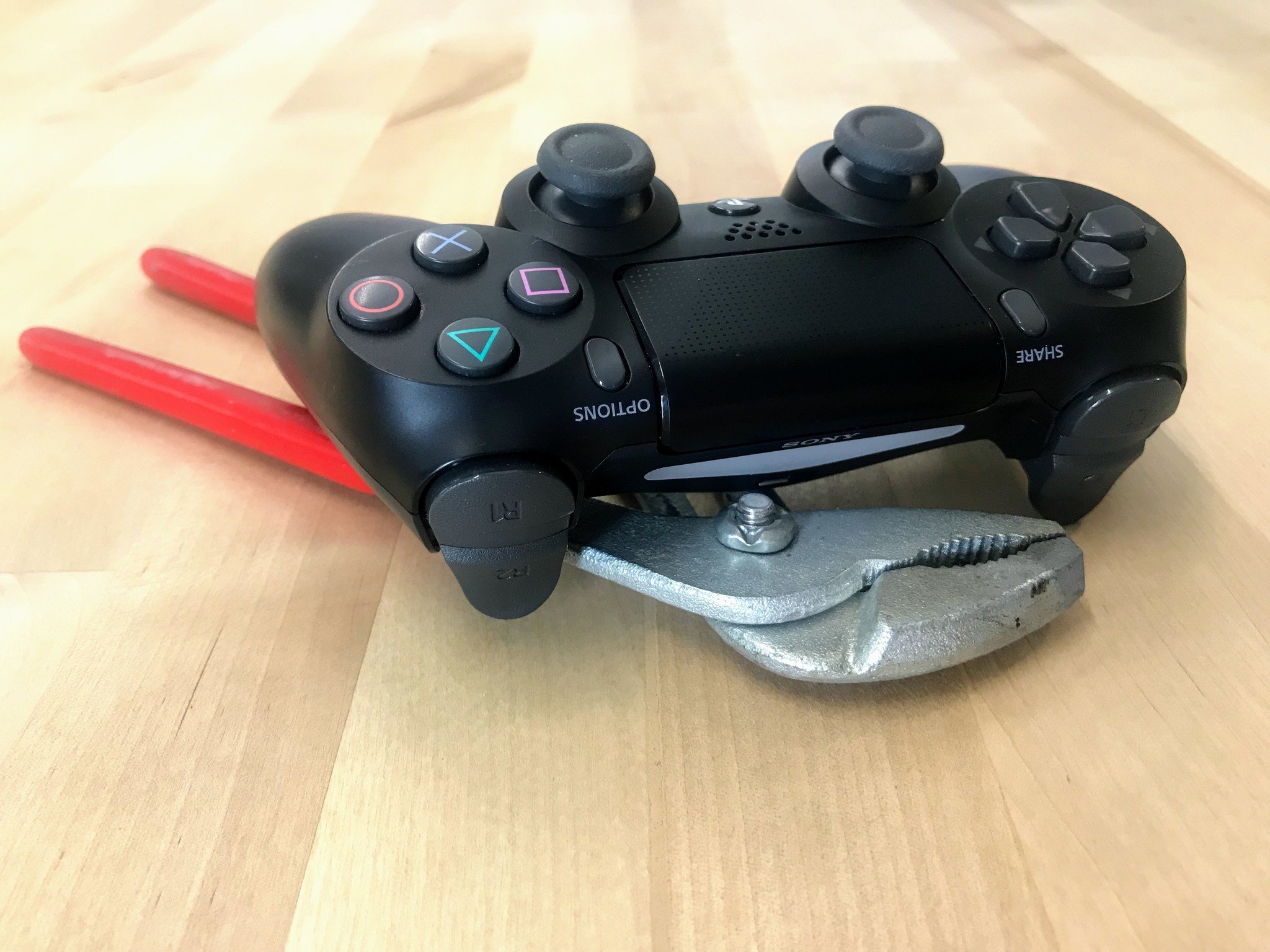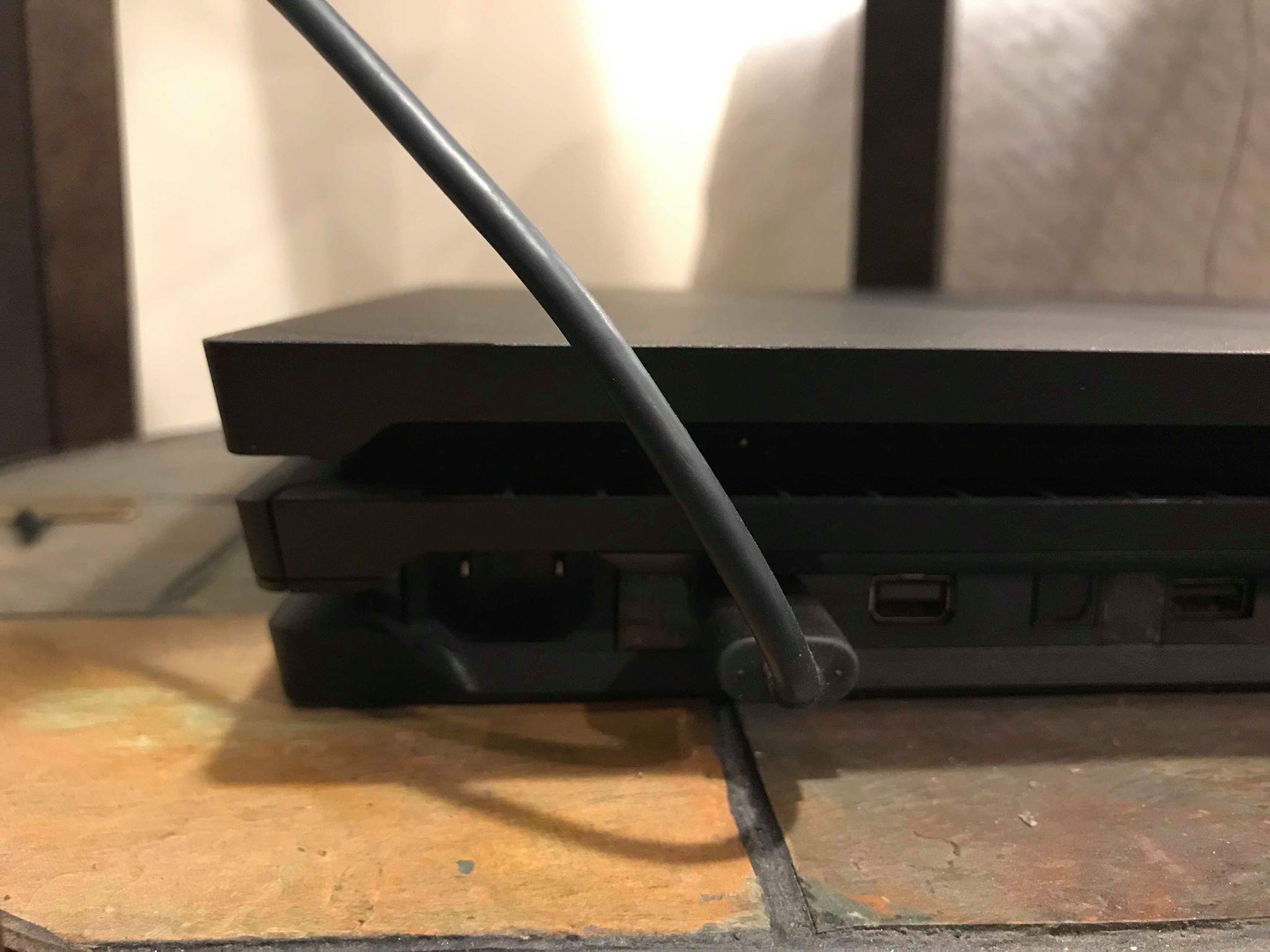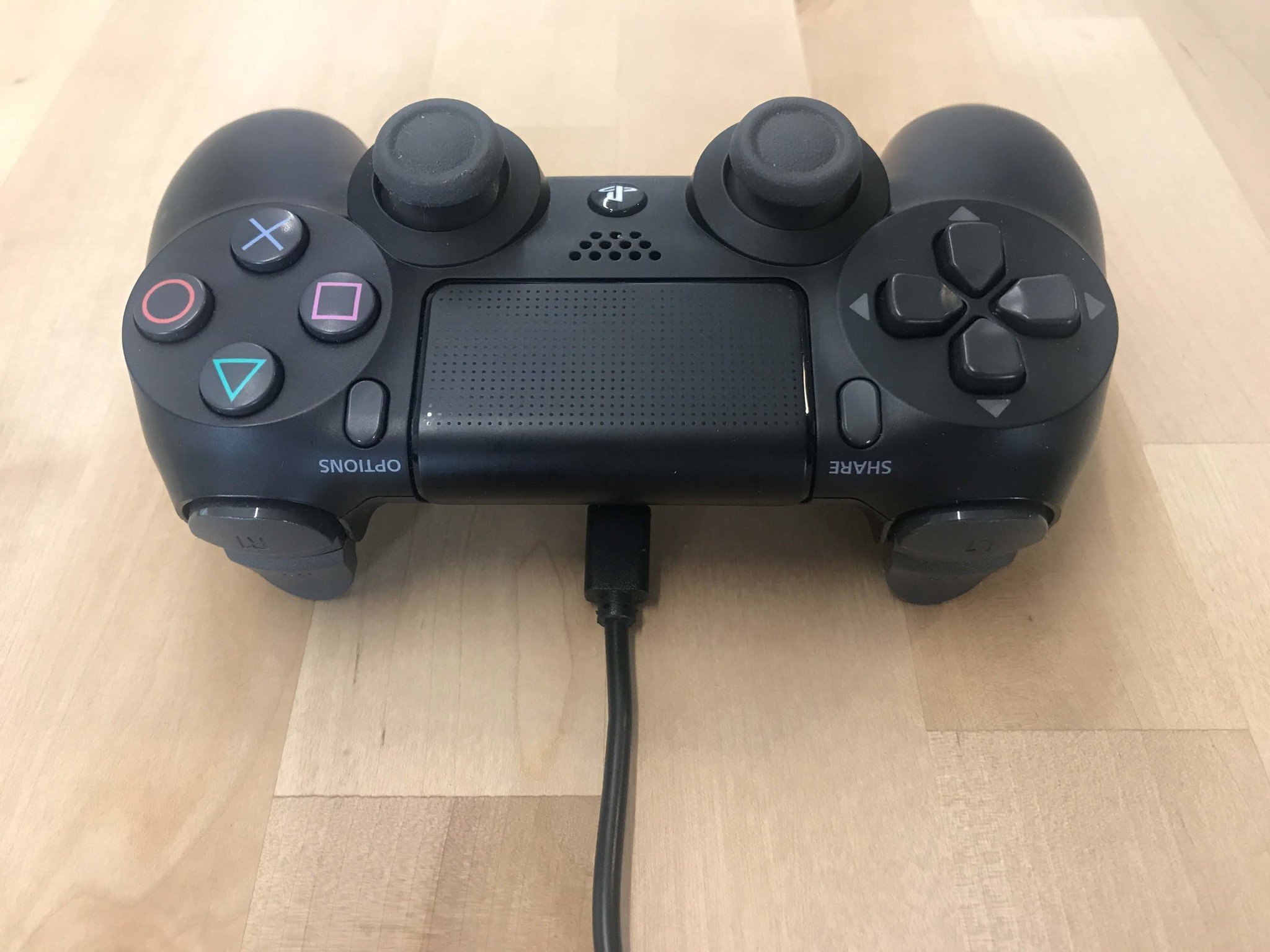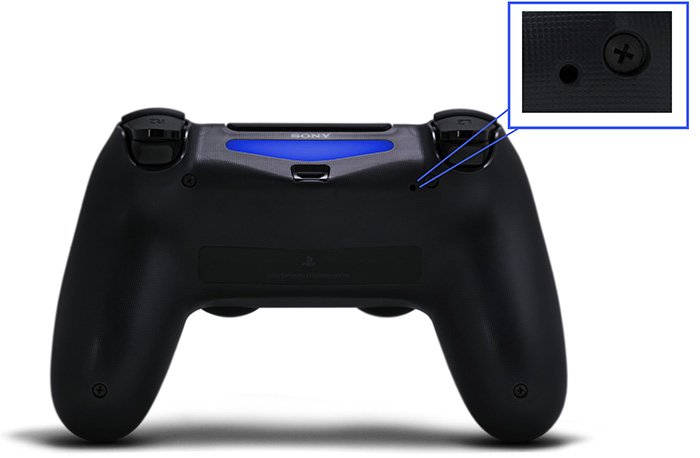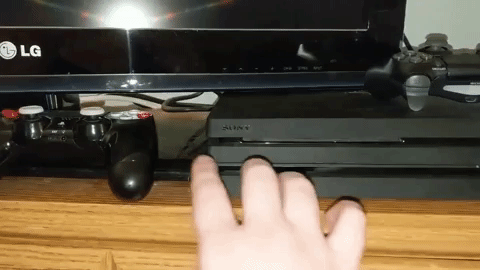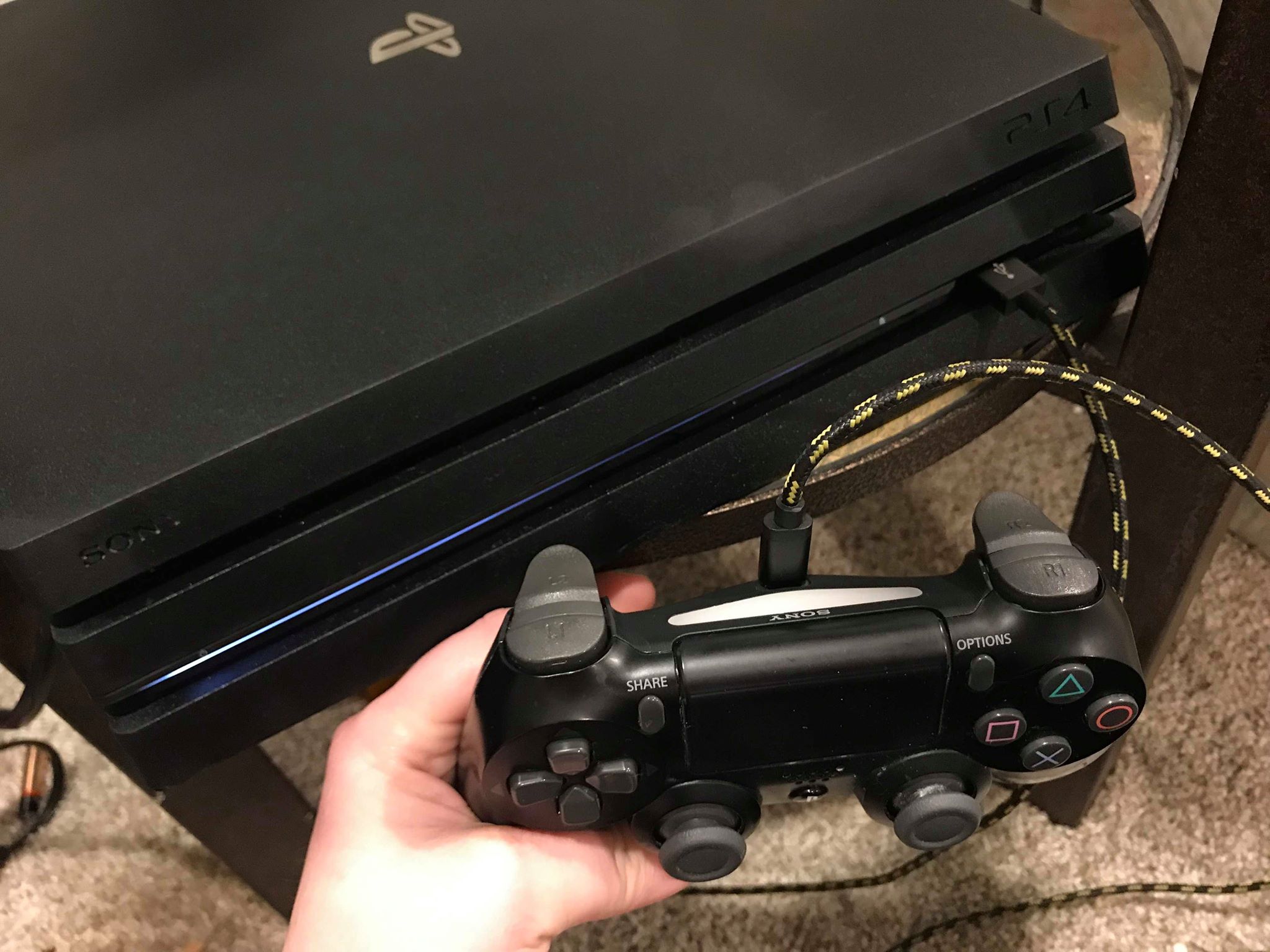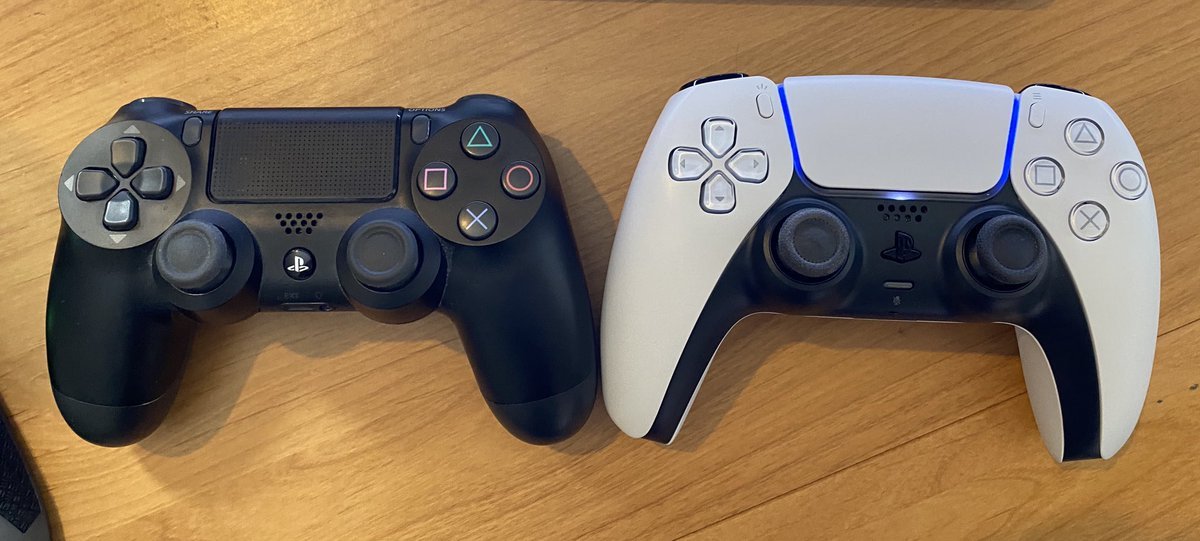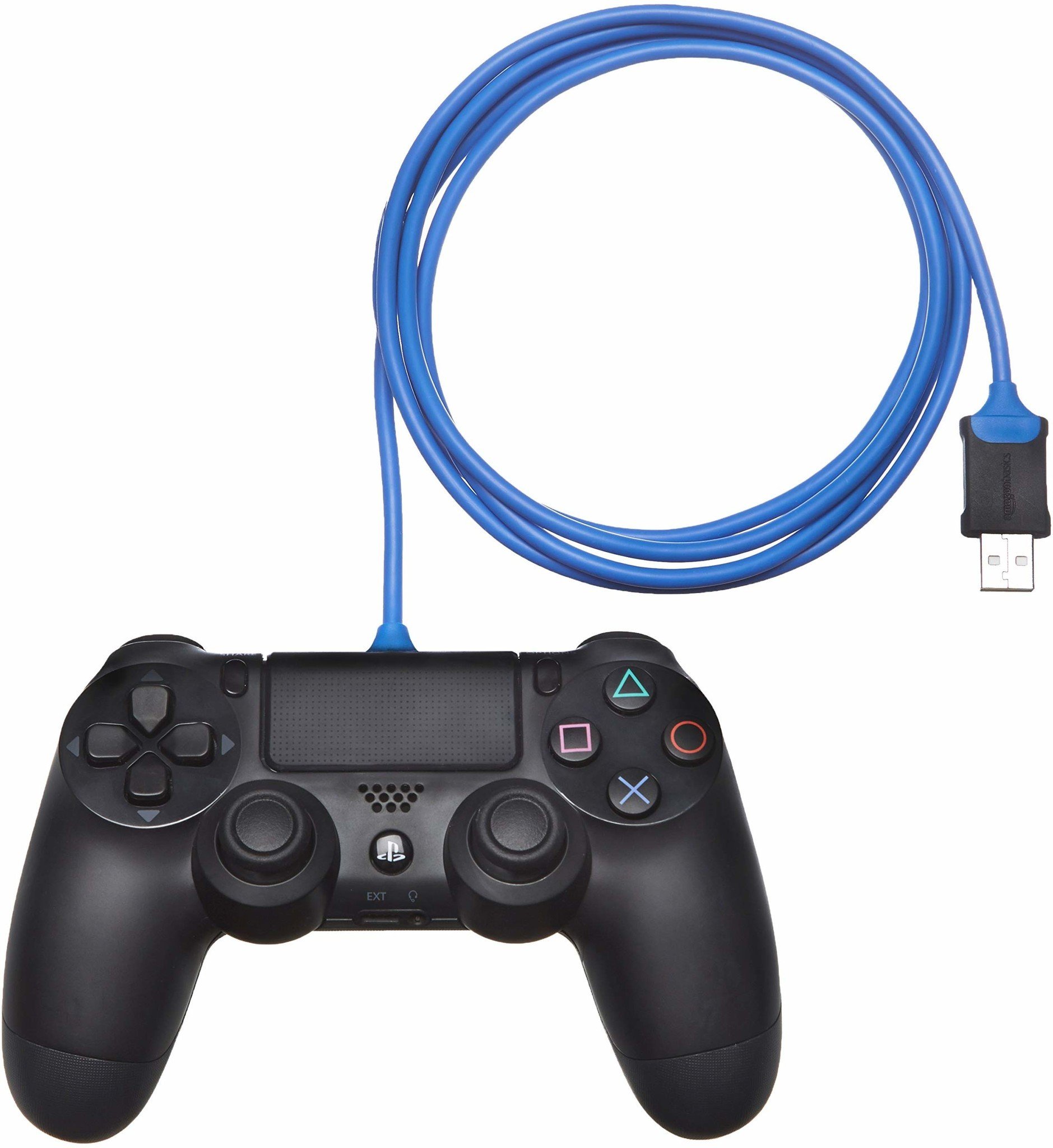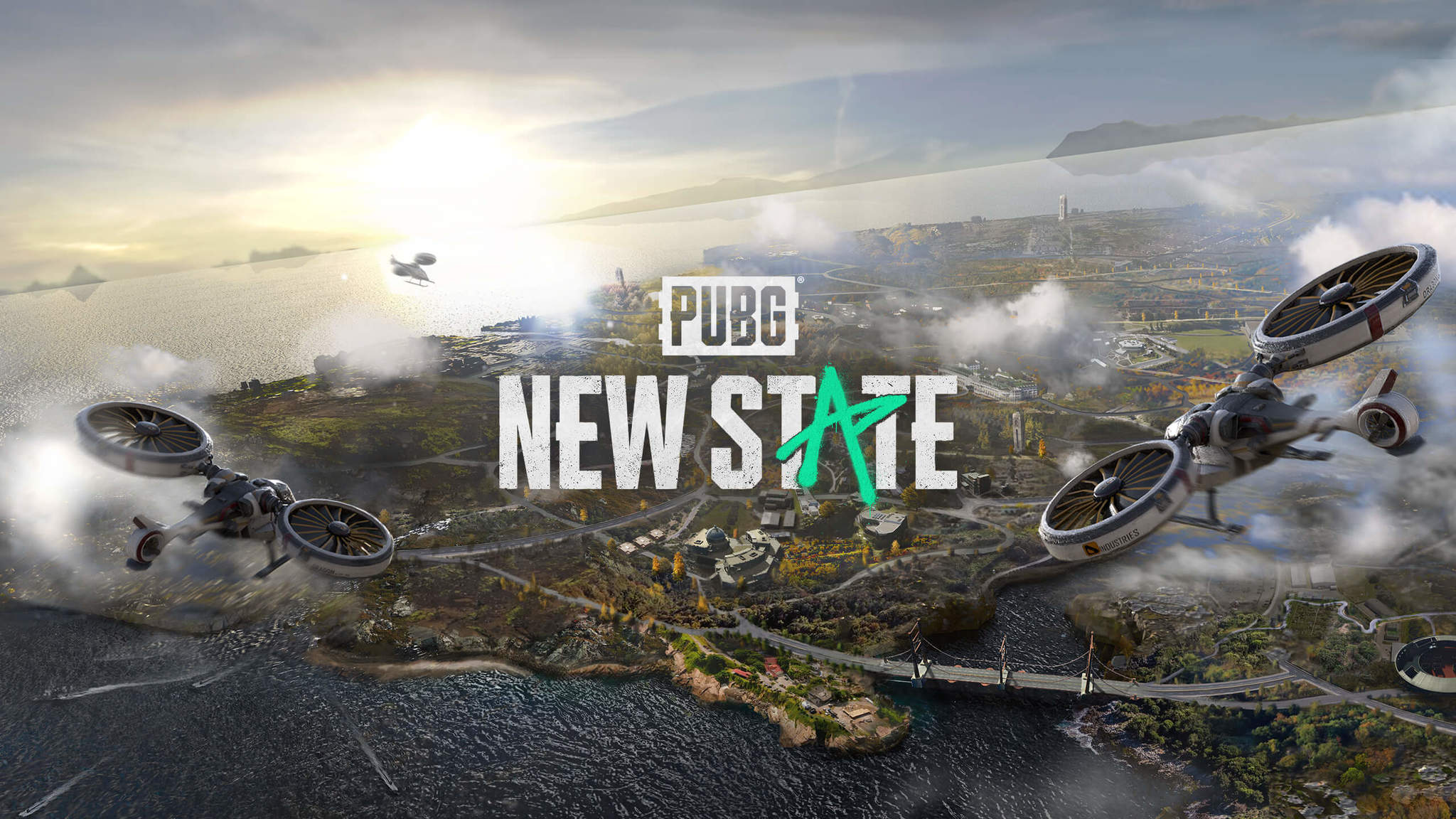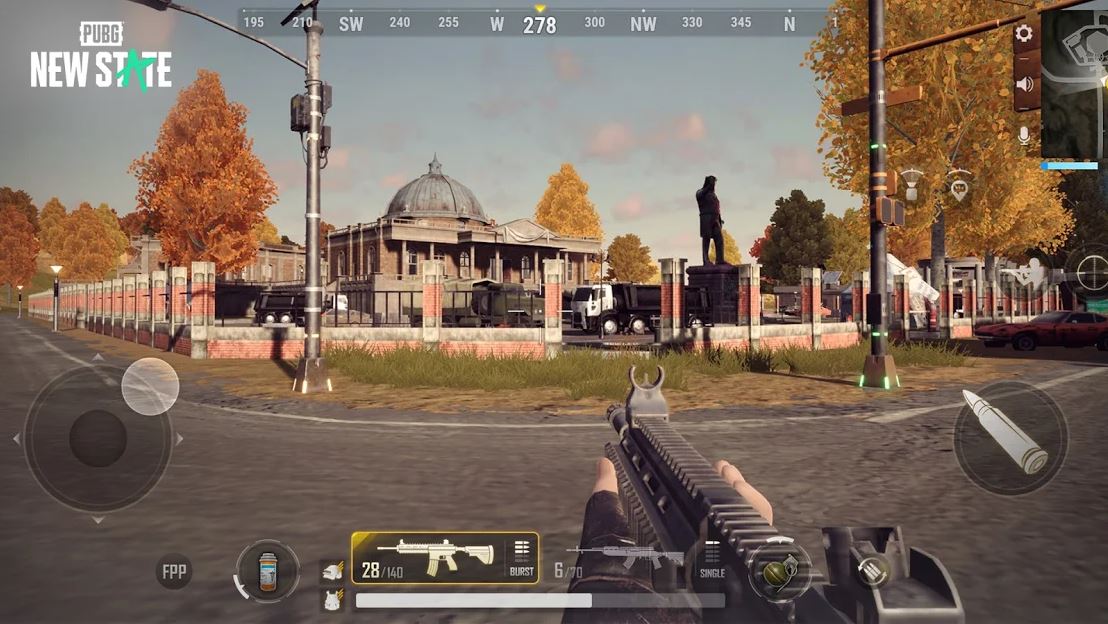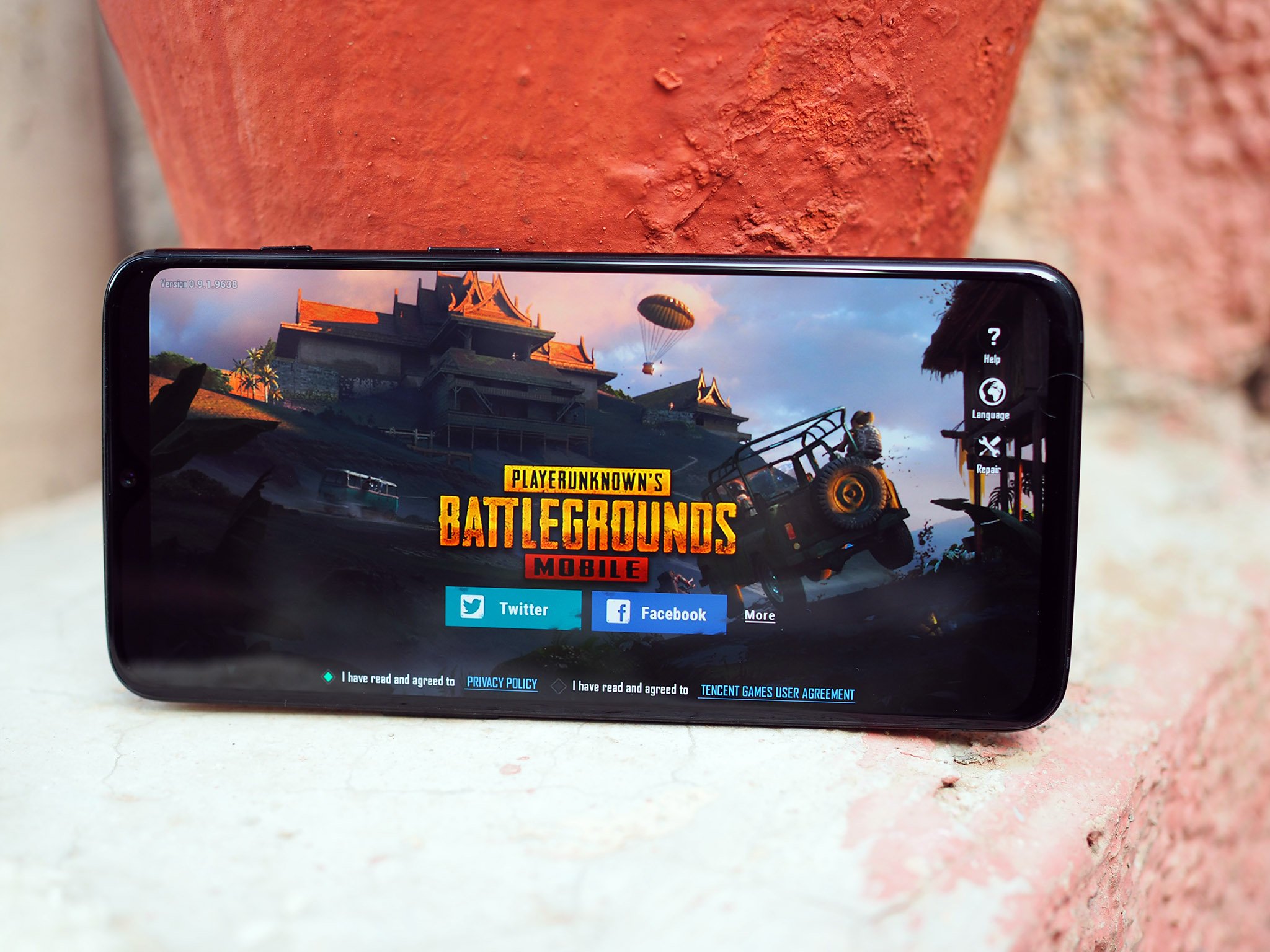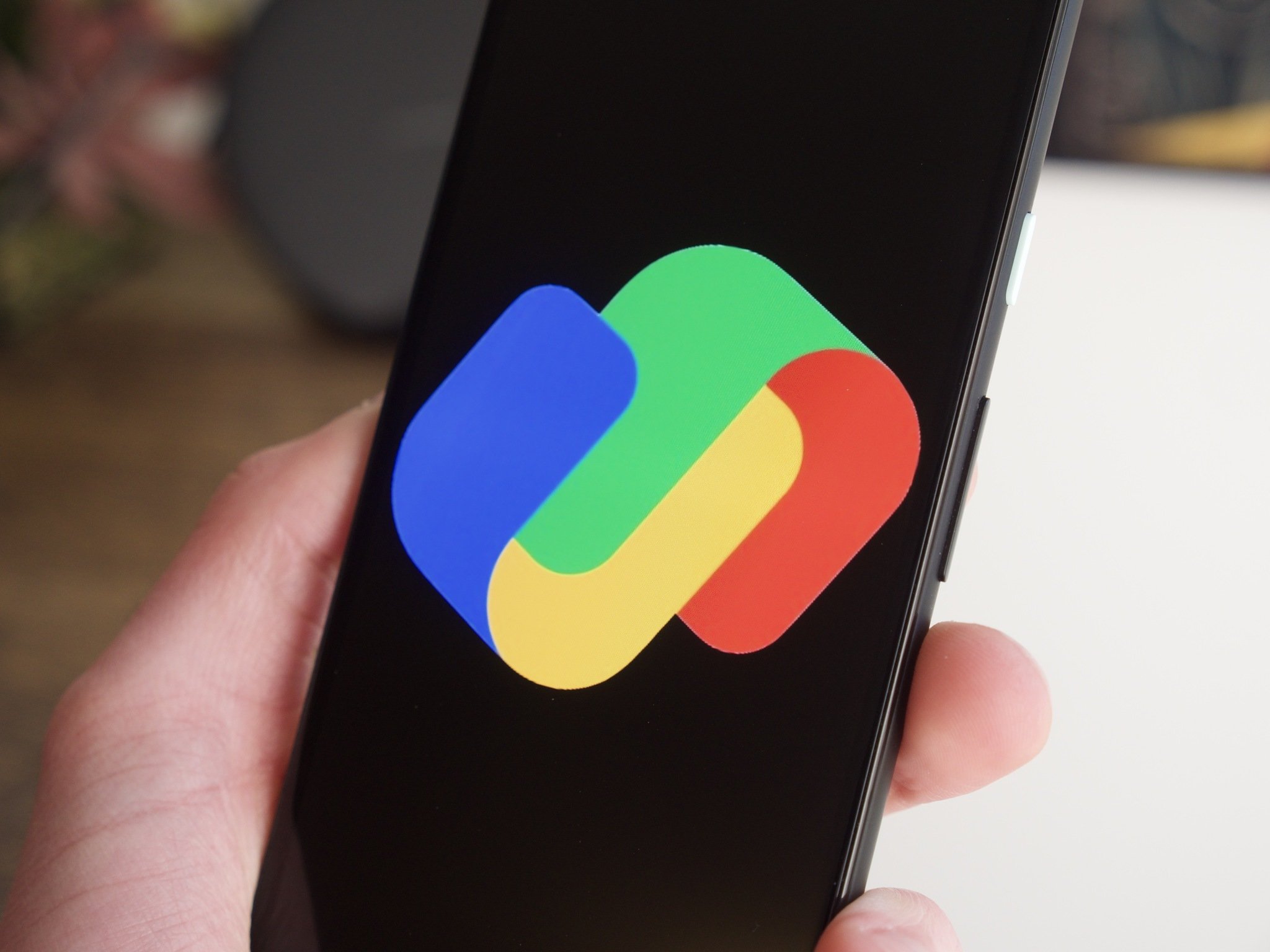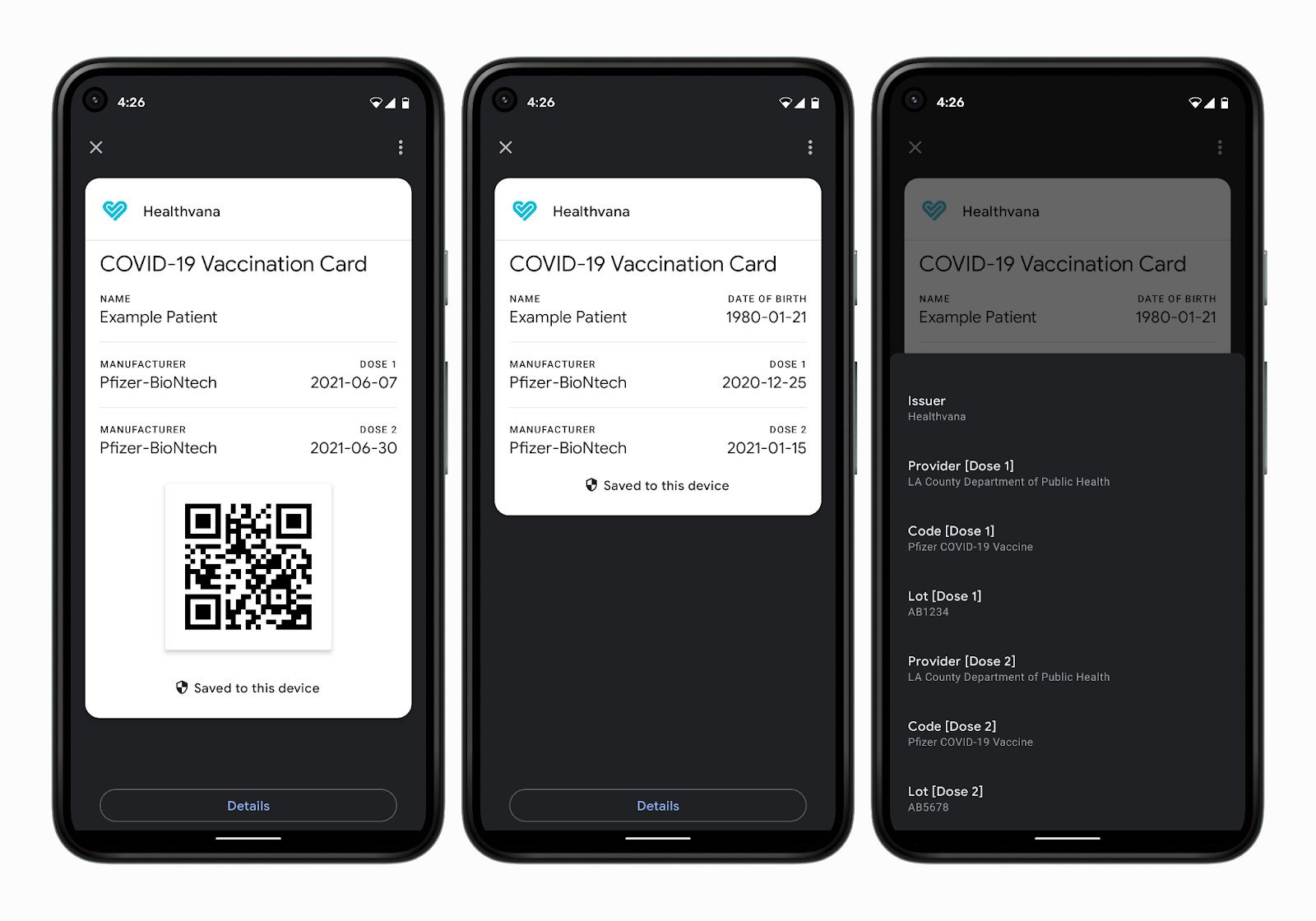Using one of the best robot vacuums to help you keep your house clean may be one of the best decisions you can make. Over the past few years, robot vacuums have become much smarter; they last longer and clean better. Options like the Roborock S5 Max, which happens to top the list of our best robot vacuums, lets you control it with just your voice. It can be set to run on a schedule, always vacuums in tidy, back and forth lines, and its sensors help prevent it from bumping into everything.
What are the best robot vacuums you can buy today?
There are a LOT of great robot vacuum models available right now, and picking the right one can be a difficult task. We've done the research, though, and narrowed down all the picks into a concise list of only the top robot vacuum picks.
Our full list is below, but we believe that when you look for a single best overall pick, the Roborock S5 Max is the best robot vacuum on the market today for most people. It offers all the standard features you'd expect to see in a robot vacuum, like scheduling, long-lasting battery life, powerful suction, and more. It can be controlled through an app or using an assistant like Amazon's Alexa. It's a bit more expensive than most others, but the price gets easier to justify once you see what it can do.
If you are looking for something more affordable, we also have some great picks from companies like Roborock, Ecovacs, iLife, Eufy, Neato, and more. These are all well-known brands and offer a ton of great features across various models.
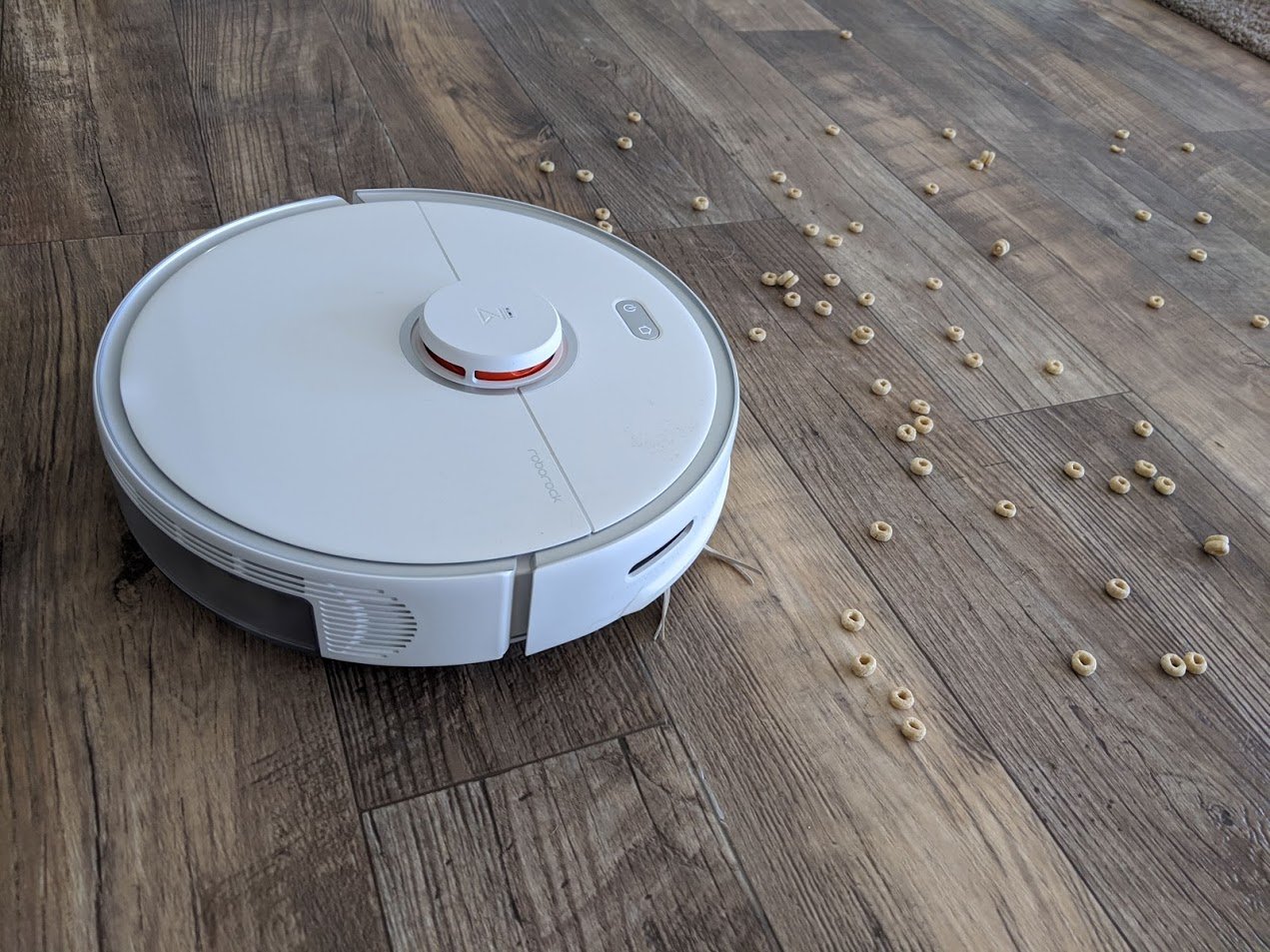
Roborock S5 Max
The best robot vacuum overall
Bottom line: The Roborock S5 Max is a powerful and reliable vacuum that maps your home for efficient cleaning and easily sucks up pet fur. It's a great option for any home.
| Category |
Roborock S5 Max |
| Suction power |
2000 Pa |
| Cleaning area |
2000 ft2 / 186 m2 |
| Floor types |
Hardfloor and Carpet |
| Run time |
Up to 180 min |
| Dustbin capacity |
0.46 liters |
| Mapping |
✓ |
| Mop function |
✓ |
| Recharge and resume |
✓ |
| No-go zones |
✓ |
| Works with app |
✓ |
Pros:
- Wi-Fi connectivity
- Alexa, Google Assistant, iRobot HOME app
- Schedule cleanings
- Recharge and resume
- Anti-fall/bump sensors
Cons:
- Louder than some other vacuums
- Only comes in one color
There are many things to consider when trying to pick the best robot vacuum, and through our testing, we've discovered the Roborock S5 Max is the top pick for most people. It offers a pretty solid combination of features and cleaning power, and while it's a bit on the more expensive side, it's not the most expensive option.
It's a Wi-Fi-connected model, which enhances all the features and allows you to control it anywhere. You can use the Roborock app to set schedules, define no-go zones, and much more. The vacuum itself has a bunch of sensors built in to help prevent it from running into walls, objects, and falling down staircases.
With schedules, you can customize it to run at specific times on different days or at the same time every single day. It's best to have a bit of consistency, so you can do a double check before the vacuum runs. You'll want to ensure no cords are laying around; the doors are opened or closed as needed, etc. Another awesome thing about this model is that it has an impressive run time of up to 180 minutes per charge. That way, it's more likely to be able to clean everywhere you need it to in one go.
It's a great pick for homes with pets as it uses rubber brushes for picking up debris and fur. It always cleans in an orderly back and forth motion, leaving perfect vacuum lines in your carpet. With its powerful suction, it works perfectly on both hard floors and low to medium-pile carpets.
Best overall
Roborock S5 MAX Robot Vacuum and Mop Cleaner
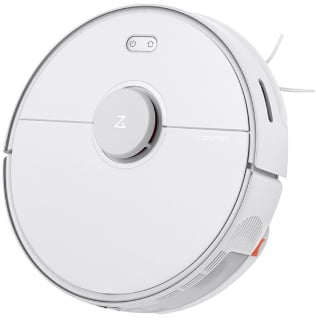
$550 at Amazon $600 at Newegg
It provides powerful suction, home layout mapping, and sensors to keep it from bumping into things. This vacuum is a great pick for any home.
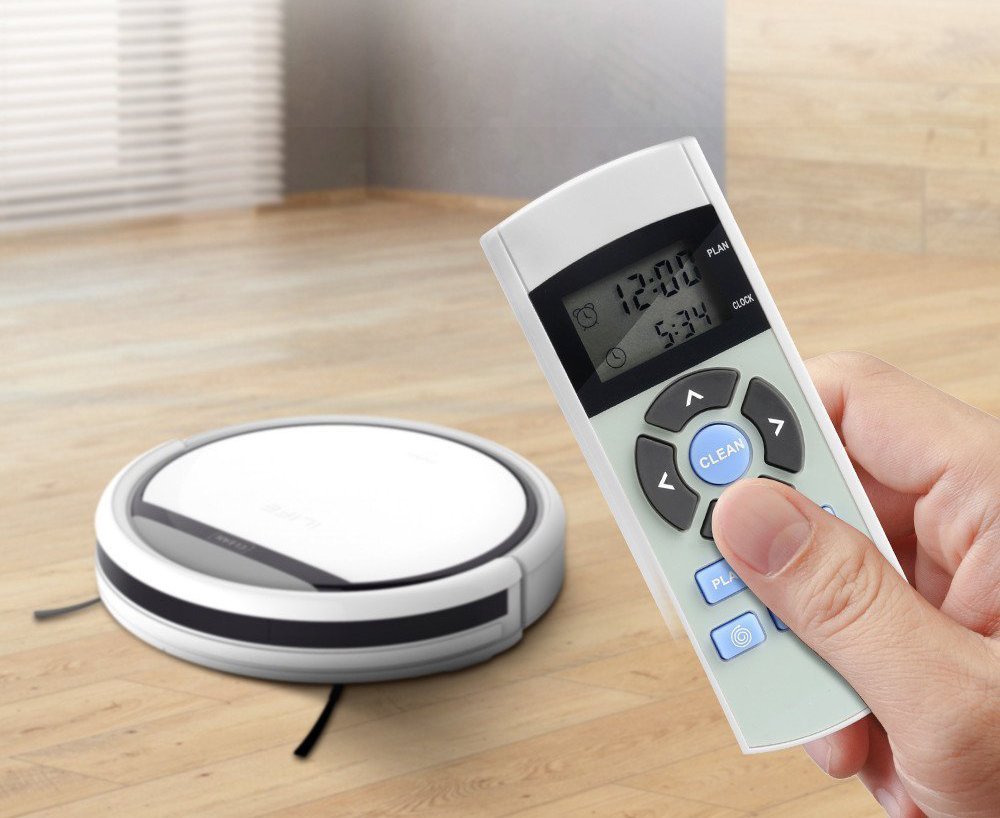
iLife V3s Pro
The best budget robot vacuum
Bottom line: If you're looking for a quality, budget robot vacuum, you need to look no further than the iLife V3 Pro. It's operated by remote control, has a long run time, and is a reliable little device.
| Category |
iLife V3 Pro |
| Suction power |
600 Pa |
| Run time |
Up to 90 min |
| Dustbin capacity |
0.3 liters |
| Mapping |
x |
| Mop function |
x |
| Recharge and resume |
x |
| Works with app |
x |
| Floor types |
Hardfloor and Carpet |
Pros:
- Inexpensive
- Runs up to 100 minutes
- Schedule cleaning times
- Comes with remote
- Smart sensors
Cons:
- Doesn't map rooms
- No Wi-Fi or voice assistant connectivity
- No app
Not all of the best robot vacuums come with an expensive price tag, and these days you can actually find some really great options at extremely affordable prices. If budget is a top concern for you, the iLife V3s Pro is one of the best robot vacuums out there at well under two hundred bucks. It's a bit more simplistic than others like the Roborock S5 Max or the Roborock S6, but that doesn't mean it's bad by any means.
In terms of features on the iLife V3s Pro, you still have the ability to schedule it, but instead of being done via an app, you will actually do it all from the included remote. It runs for up to 100 minutes, nearly half an hour longer than our top pick, making it great for larger homes.
There are no fancy features like Wi-Fi connectivity, no-go zones, etc., but there is a full set of sensors to prevent it from running into everything, falling downstairs, and more. This model is purely a vacuum, and it does not include any mopping features. It's perfect for people who are unsure whether or not a robot vacuum is even practical for them and allows you to affordably test out a great robot vacuum without investing much in terms of money.
You don't have to look far around the internet to find many buyers saying great things about this model. Be sure to give it a shot today and see if it's the best robot vacuum for you.
Best budget
ILIFE V3s Pro Robot Vacuum Cleaner
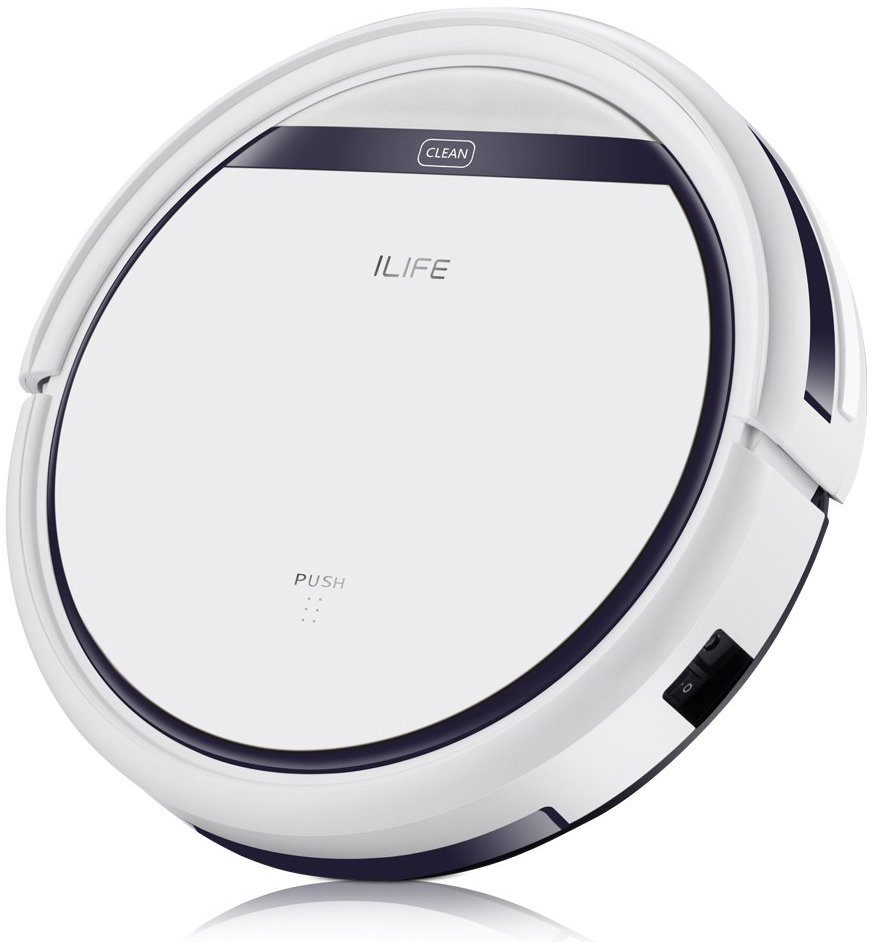
This unit runs for long periods, features a remote, and can clean at specific times. It's also an inexpensive option.
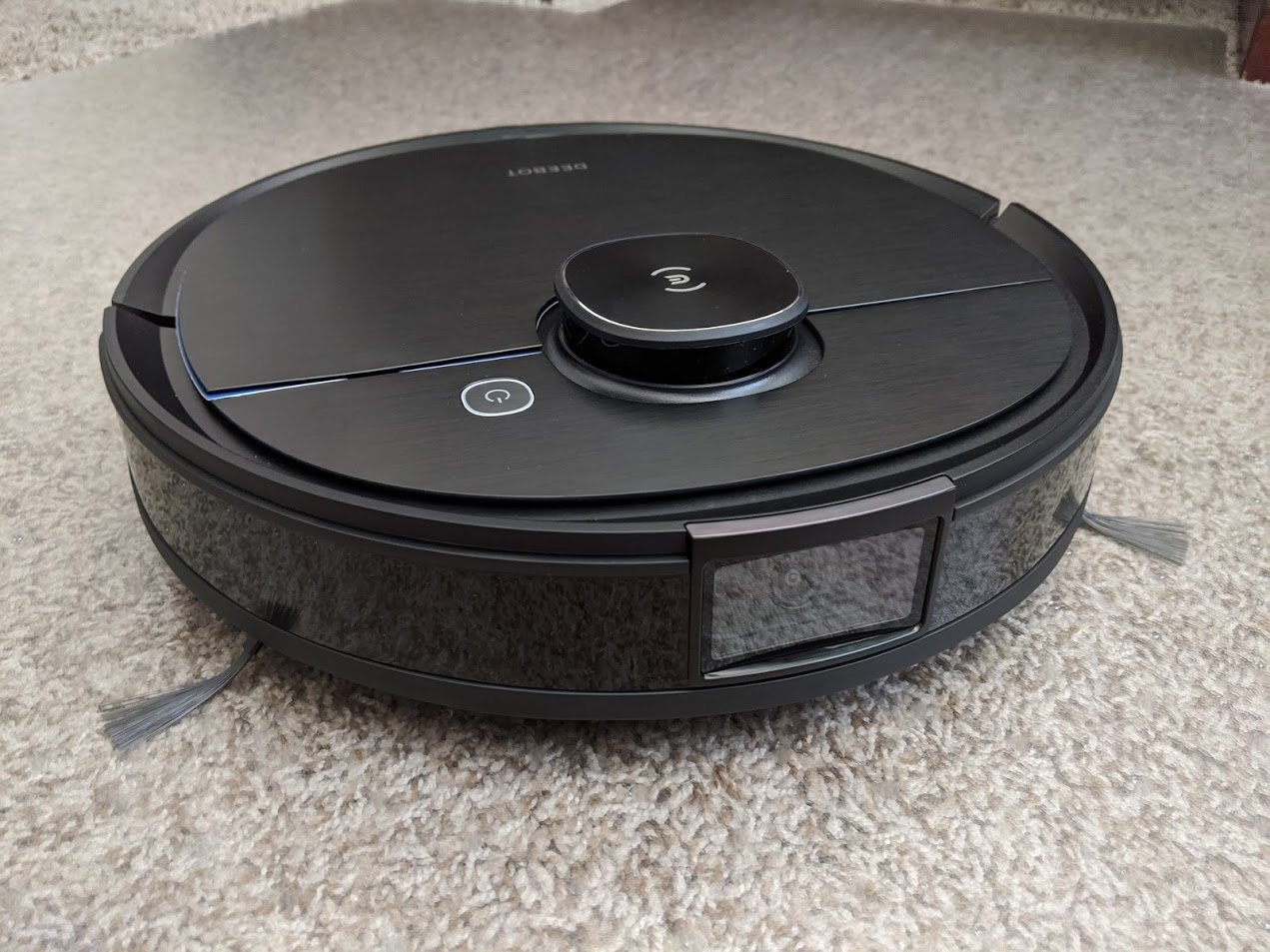
Ecovacs Deebot Ozmo T8 AIVI
The best object detection
Bottom line: This is a premium vacuum for anyone looking for the most conveniences and features. It does an excellent job of cleaning floors and can also double as a pet camera.
| Category |
ECOVACS DEEBOT OZMO T8 AIVI |
| Suction power |
2500 Pa |
| Run time |
Up to 180 min |
| Dustbin capacity |
0.24 liters |
| Mapping |
✓ |
| Mop function |
✓ |
| Recharge and resume |
✓ |
| Works with app |
✓ |
| Floor types |
Hardfloor and Carpet |
Pros:
- Smart object detection and avoidance
- Learns and adapts to your home
- Runs up to 180 minutes
- Intuitive app
- Powerful suction
Cons:
- Expensive
- No sliding camera cover
In our Deebot Ozmo T8 AIVI review, we discovered this is a phenomenal robot vacuum for anybody willing to pay a little extra for the most conveniences. It features a camera to help it better detect objects in its path and uses advanced AI to learn and adapt to your home. It can even recognize obstacles and then mark them on the app map. For instance, it might tell you it avoided shoes in the hallway or a large cable in your living room.
Object detection isn't perfect, but it's by far the best we've seen in any robot vacuum to date. You can control the vacuum and view the camera feed using the app. That means you can use the T8 AIVI to check on your home when you're on vacation or simply check in with your dog while you're at work. Unfortunately, it doesn't have a sliding camera cover, although when it's docked, the camera is blocked.
Since it has a long run time and provides excellent suction, this intelligent unit will leave a perfect back and forth line in your carpet while truly cleaning it. If you're willing to spend even more, the T8 AIVI is also compatible with an Auto-Empty Station, so you only have to take the debris out to the dumpster about once a month. When coupled with that accessory, this cleaner seriously becomes one of the best robot vacuums for pets since it can handle large gobs of fur without needing you to empty the dustbin.
The app is super easy to use and gives you plenty of controls like setting up cleaning schedules, no-go zones, and even determining how strong the suction is on the vacuum.
Best object detection
ECOVACS Deebot T8 AIVI Robot Vacuum Cleaner
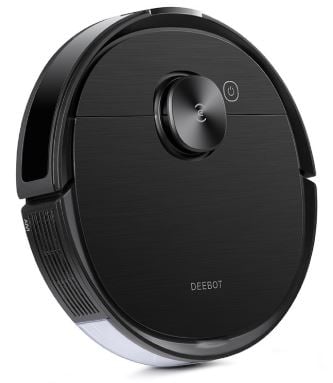
The T8 AIVI can recognize and avoid obstacles using its camera. It has an impressive run time, allows you to set no-go zones from the app, and provides powerful suction.
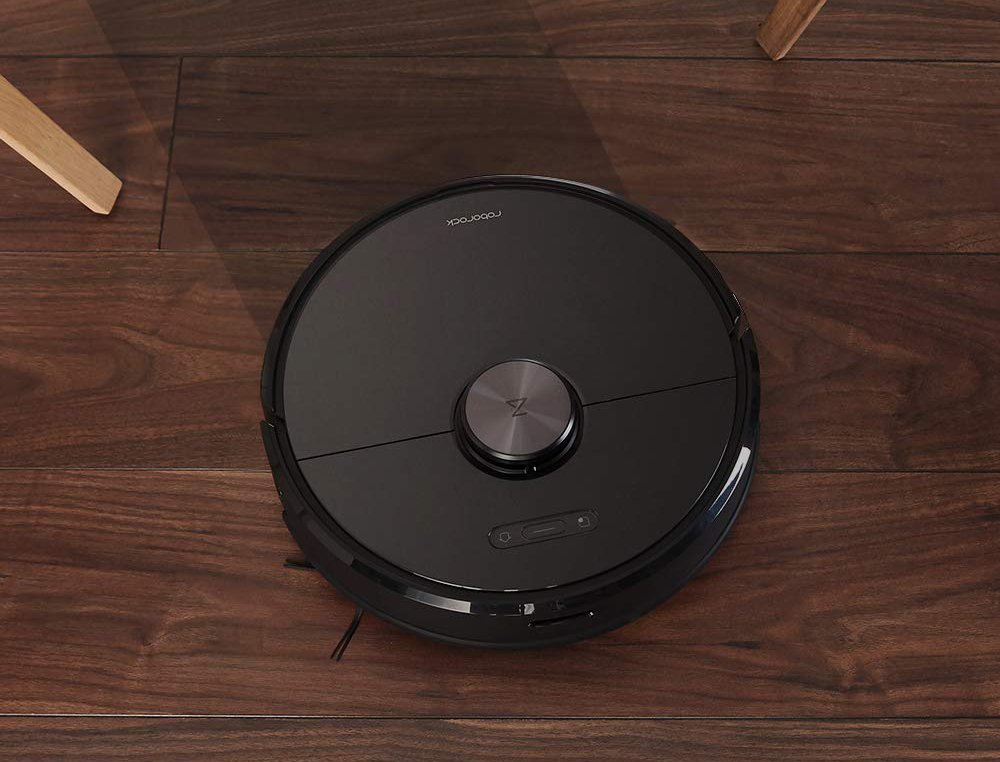
Roborock S6
The longest-lasting robot vacuum
Bottom line: The Roborock S6 always cleans in tidy, back and forth lines and will always clean every area of your home. You can use the app to set up virtual no-go zones or tell it to clean a specific room in your house. It's one of the very best vacuums on this list.
| Category |
Roborock S6 |
| Suction power |
2000 Pa |
| Run time |
Up to 180 min |
| Dustbin capacity |
0.48 liters |
| Mapping |
✓ |
| Mop function |
✓ |
| Recharge and resume |
✓ |
| Works with app |
✓ |
| Floor types |
Hardfloor and Carpet |
Pros
- Runs up to 180 minutes
- Works with Alexa
- Controlled with app
- Has mop mode
- Tackles large areas
Cons
- Small dustbin
- Mop modes don't detect carpets
In our Roborock S6 review, we learned that this vacuum offered the longest battery life while still being an attractive option. When in quiet mode, it can run for up to 180 minutes before needing to recharge. That means it can reach more areas in your home in one go. The dustbin is on the small side, so you'll need to change it out more frequently than you would with some others.
To get started, you can either give a voice command using Amazon Alexa or use the Mi Home app. This unit has different modes to take care of a variety of situations. One of those modes includes mopping. Attach a microfiber towel to the underside, and the unit will spritz a small amount of water as it goes. It's designed to leave your floors relatively dry, so you don't worry about your hardwood flooring getting damaged.
While it can suck up a decent amount of debris and dust, it, unfortunately, can't detect the difference between carpet and floor, so the unit might attempt to mop your carpets. You'll just need to redirect it if it's heading somewhere you don't want it to go.
Best battery life
Roborock S6 Robot Vacuum
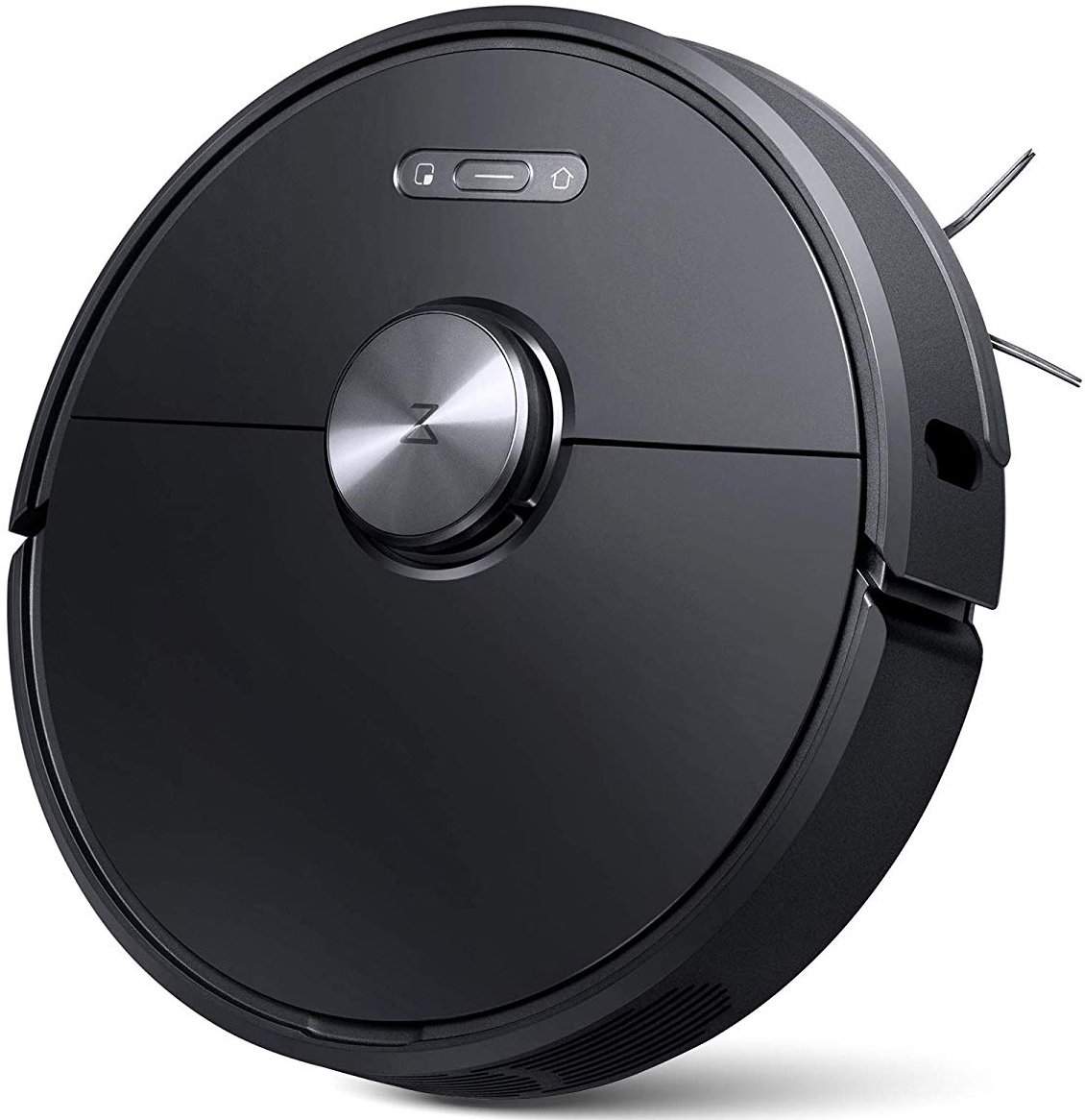
It runs up to 180 minutes and can be controlled using Alexa or the Mi Home app. The different modes provide a thorough cleaning.
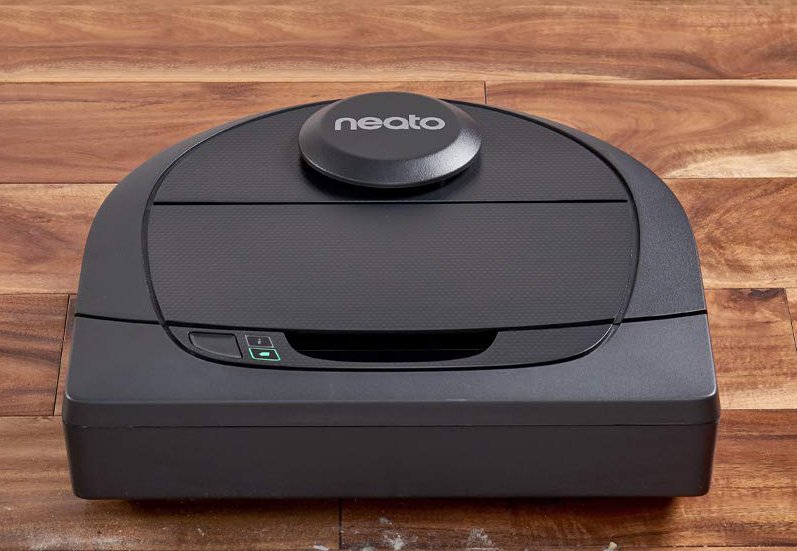
Neato Botvac D4
Best robot vacuum for cleaning corner spaces
Bottom line: The special D shape of this vacuum allows it to reach further into corners than some other vacuums out there. It has a large dustbin and excellent suction to handle both hard floors and carpets.
| Category |
Neato Botvac D4 |
| Suction power |
1400 Pa |
| Run time |
Up to 75 min |
| Dustbin capacity |
0.7 liters |
| Mapping |
x |
| Mop function |
x |
| Recharge and resume |
x |
| Works with app |
✓ |
| Floor types |
Hardfloor and Carpet |
Pros:
- Mapping
- Can set No-Go lines
- Anti-bump sensors
- Works with Alexa, Google Assistant, and Apple Watch
- Automatically recharges itself
- Alerts you to empty bin
Cons:
- Only runs up to 75 minutes
- No rotating side brushes
Have you ever walked to a corner of your home and discovered a nasty buildup of dust and hair? The round design of most robot vacuums makes it hard for them to reach these cornered dust piles. Unlike other vacuums, the Neato Robotics D4 has a flat side, which allows it to reach these corners better and suck up neglected debris. Just be aware that it doesn't have side brushes. It employs sensors to help it navigate around objects and furniture.
It isn't the most expensive unit on the market, but the price is mid-range. That's because it offers several advanced features, like mapping. You'll need to take the time to map your home with the device, but once that's done, the vacuum will be able to clean in a more orderly fashion. You can even set boundary lines to prevent the vacuum from entering specific locations.
This vacuum won't run as long as other units as it tops out at 75 minutes. But it will go back to its charging dock on its own and will alert you if the bin gets full. You can control it using the app, Alexa, Google Assistant, or Apple Watch.
Best for corners
Neato Botvac D4
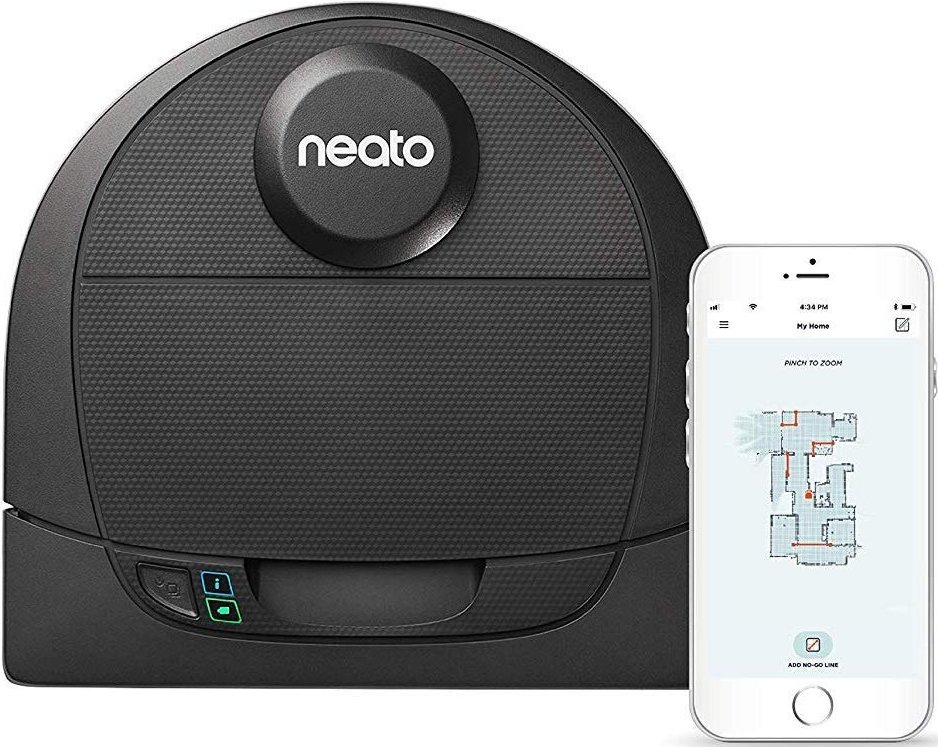
The special design of Neato Botvacs allows them to vacuum corners more effectively. This one features mapping, and you can even set no-go lines.
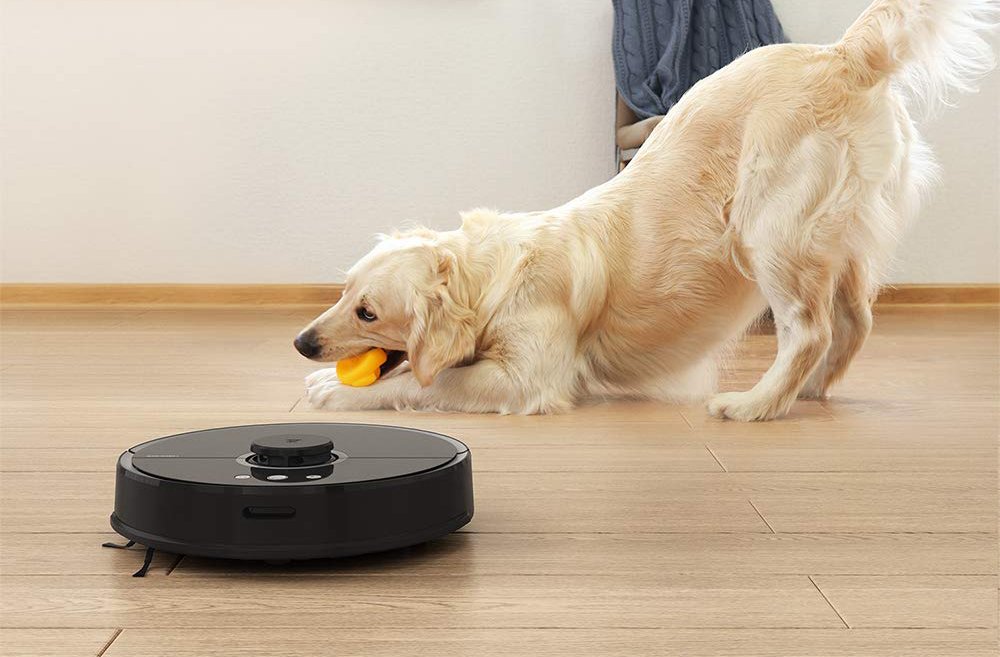
Roborock S5
Top pick for those with pets
Bottom line: The Roborock S5 is a perfect fit for any home. It leaves perfect vacuum lines, creates an intelligent map of your home, and can easily be controlled by an app.
| Category |
Roborock S5 |
| Suction power |
2000 Pa |
| Run time |
Up to 150 min |
| Dustbin capacity |
0.48 liters |
| Mapping |
✓ |
| Mop function |
✓ |
| Recharge and resume |
✓ |
| Works with app |
✓ |
| Floor types |
Hardfloor and Carpet |
Pros:
- Runs up to 150 minutes
- Scheduled cleanings via app
- Mapping
- Carpet boost
- Has mop mode
- Works with Alexa
Cons:
- Small dustbin
- Mop doesn't detect carpets
Things are a little different when you're looking for the best Robot Vacuum for pet hair. In addition to having the second-longest battery life on this list, we learned in our Roborock S5 review that this device is great at sucking up fur and allergens. Having 150 minutes of run time means it can reach more areas. Just note that it has a smallish dustbin, so you'll need to change it out frequently for the vacuum to be effective.
The vacuum detects when it's on the hardwood floor or the carpet and increases the sucking power when on the latter. This is a smarter device than others as it can map your home and thus clean your floors in an organized fashion rather than randomly bouncing around. You can even tell it not to enter certain locations.
To help pick up all of the grime, you can even attach a small mop to the vacuum and have it clean your floors more thoroughly. Just be aware that it will try to mop your carpet as well as your hard floors. Should it come across any obstacles or stairs, the sensors will prevent it from hitting anything or falling. You can control it using the Mi Home app or Alexa.
Best for pet hair
Roborock S5
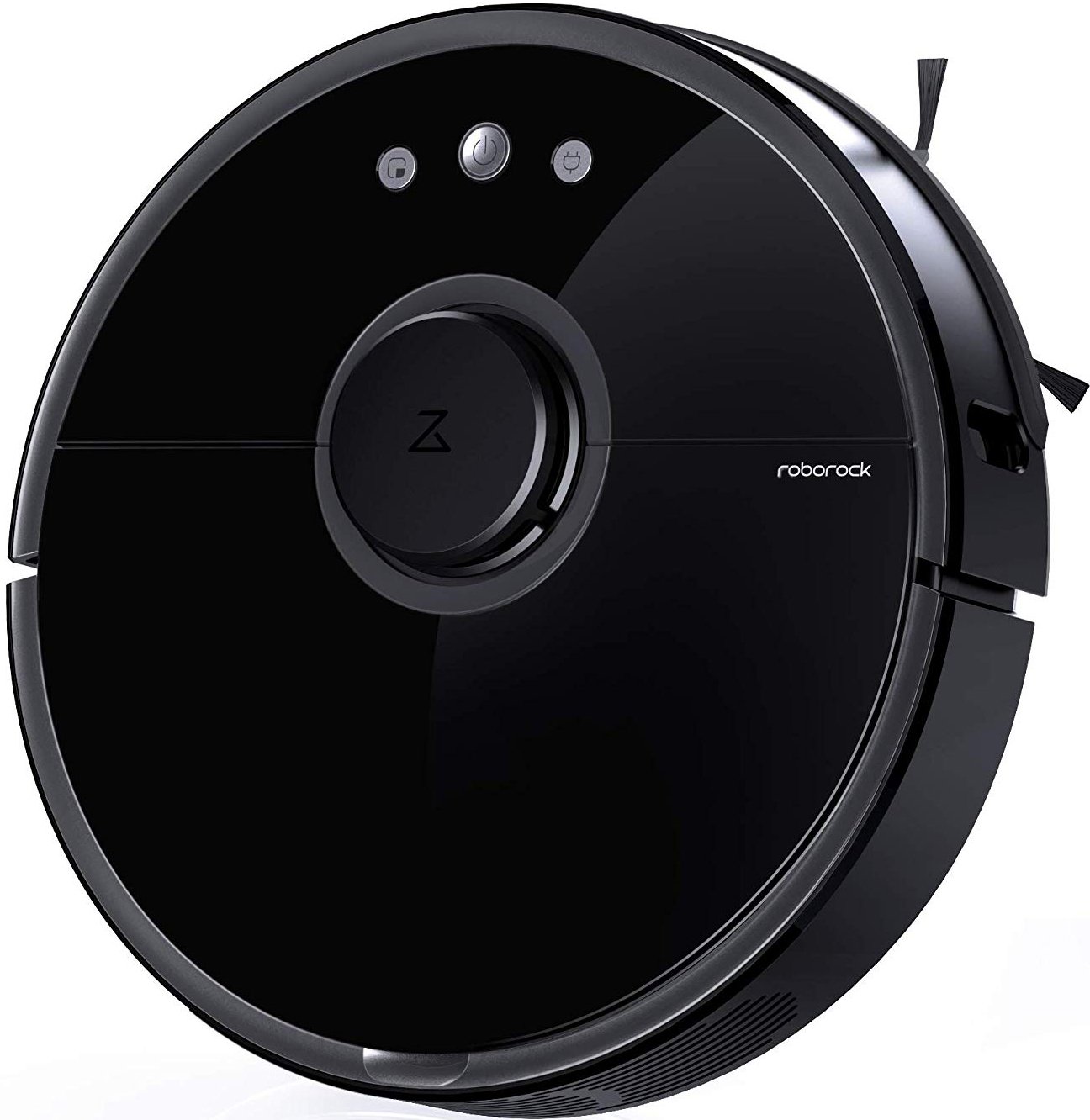
It detects when it's on hard flooring versus carpet and increases suction accordingly. You can set scheduled cleaning times and have it map your home.
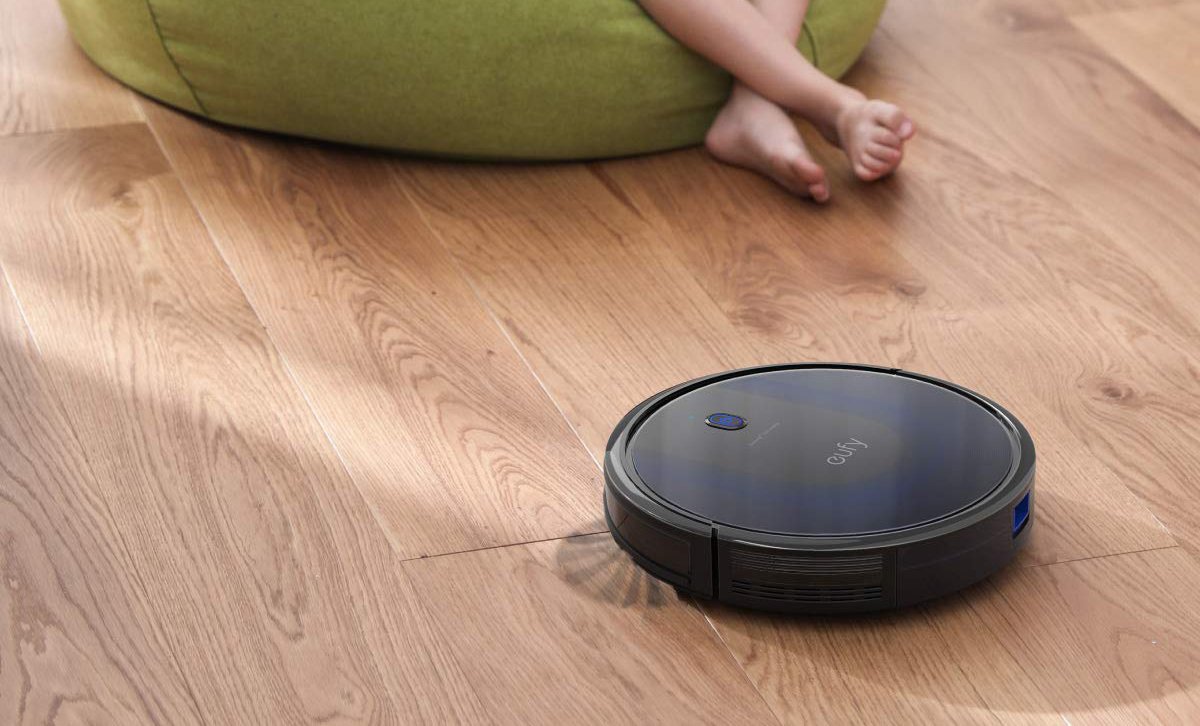
Eufy RoboVac 15C Max
Top robot vacuum for homes with stairs
Bottom line: This vacuum-only cleaning device offers powerful suction at a lower cost. It's a great fit for any home since the included sensors allow it to detect drop-off areas like stairs and avoid them easily.
| Category |
Eufy RoboVac 15C Max |
| Suction power |
2000 Pa |
| Run time |
Up to 100 min |
| Dustbin capacity |
0.6 liters |
| Mapping |
x |
| Mop function |
x |
| Recharge and resume |
x |
| Works with app |
✓ |
| Floor types |
Hardfloor and Carpet |
Pros:
- Sensor prevents bumps and drops
- Handles medium-pile carpets
- Four modes
- Works with EufyHome app and voice assistants
- Runs up to 100 minutes
- Decently priced
- Comes with remote
Cons:
- Doesn't come with boundary strips
- No mapping
The last thing you want is for your expensive robot vacuum to take a fatal tumble down a flight of stairs. You could always put up a baby gate, but it would just be nicer if you didn't have to worry about it in the first place. The Eufy RoboVac 15C Max features more than 10 infrared sensors to detect both ledges and obstacles to prevent your machine from getting damaged. It can run for up to 100 minutes on a single charge to clean a large area of your home.
You can also set up a cleaning schedule on the EufyHome app so that the vacuum cleans when everyone is out of the house. Since the sensors are in place, you won't have to worry about the device falling anywhere while you're away. If you happen to be out and about and want the vacuum to start cleaning, you simply open the app and choose from four different modes. Since it has built-in Wi-Fi, you can also use voice controls via Amazon Alexa or Google Assistant. It even comes with a remote if you'd prefer to control it that way. It works great on anything from hardwood floors to medium-pile carpets.
This particular vacuum doesn't come with boundary strips, and you cannot set up a no-go zone through the app. This means that you'll need to physically barricade areas that you don't want your vacuum entering. Unfortunately, it doesn't map your home either. However, considering the features it offers and the relatively low price, this is a great vacuum for any multi-level house.
Best for homes with stairs
Eufy RoboVac 15C Max
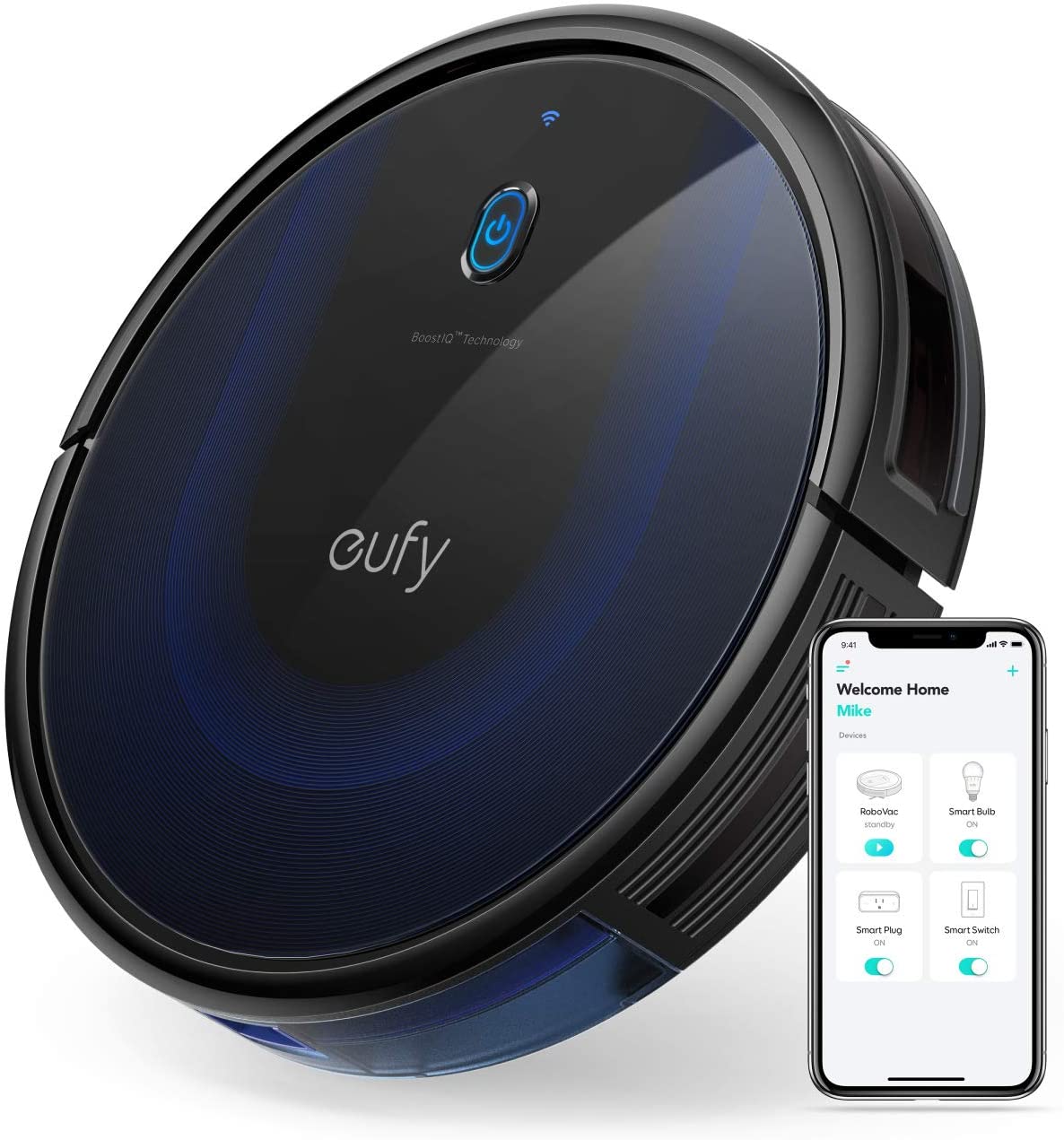
$170 at Amazon $199 at Walmart
It features 10 infrared sensors to detect ledges or obstacles in its path. It can run up to 100 minutes and works with a voice assistant, app, or remote.
The bot to buy
When looking through the hundreds of different robot vacuums on the market, you might feel overwhelmed trying to decide which is the best fit for you. There are several good options to choose from out there. You'll want to consider the unit's price, dustbin capacity, battery life, suction power, control options, and any extra convenient features it might come with.
Our personal recommendation is the Roborock S5 Max. This is a powerful unit that can suck up anything from dirt to pet hair. It offers Wi-Fi connectivity so that you can control it with the iRobot HOME App, Amazon Alexa, or Google Assistant from just about anywhere. It can map your home for a more thorough and efficient cleaning experience. You can also set up virtual barriers to prevent it from entering areas you don't want to be disturbed, making it the most appealing option on our list.
More great robot vacuum options
Best for medium-pile carpets
Eufy RoboVac 11S Max
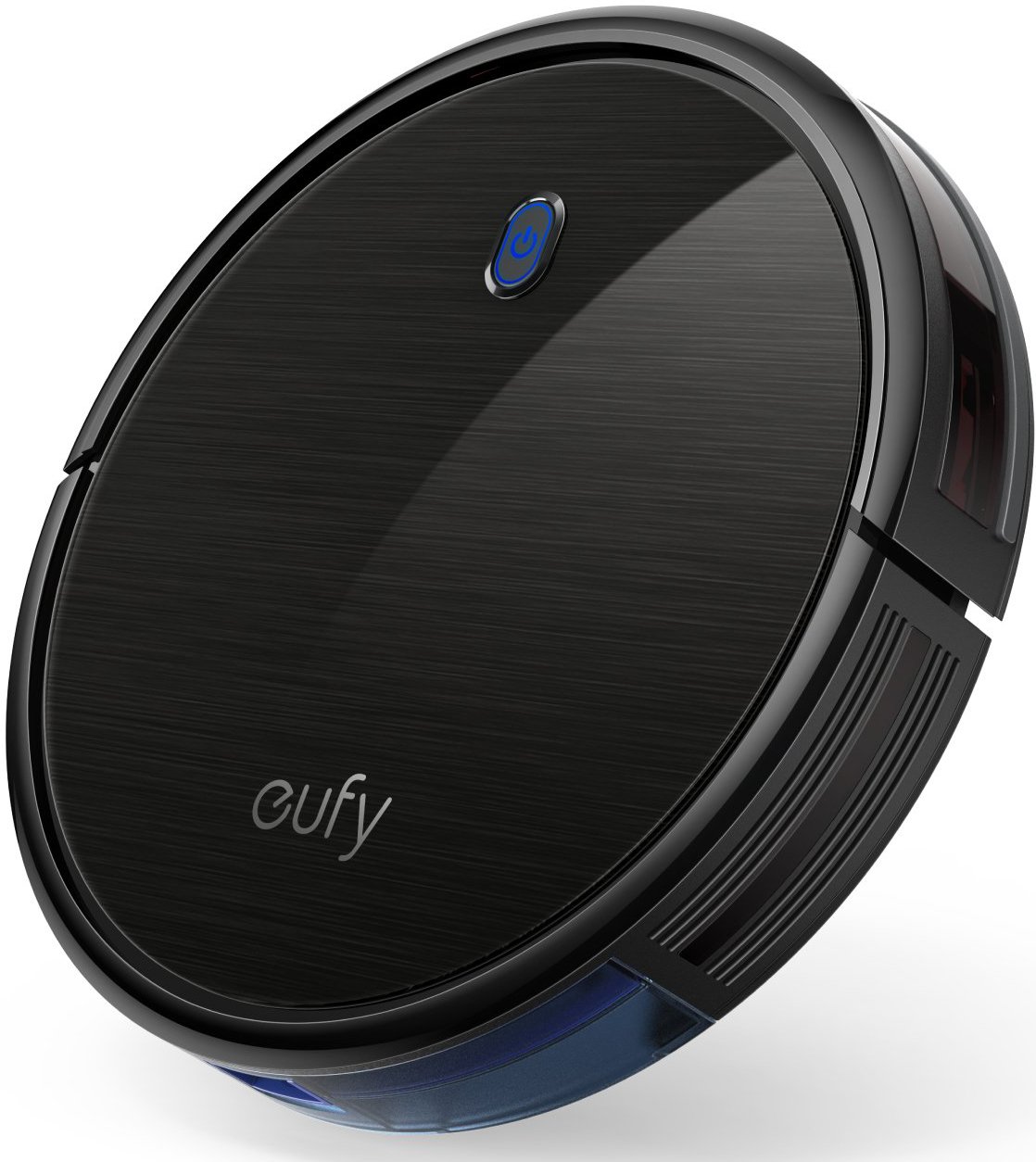
$160 at Amazon
This affordable vacuum can handle anything from hardwood floors to medium-pile carpets. It runs quietly for up to 100 minutes at a time.
Best for high-traffic areas
iRobot Roomba 675
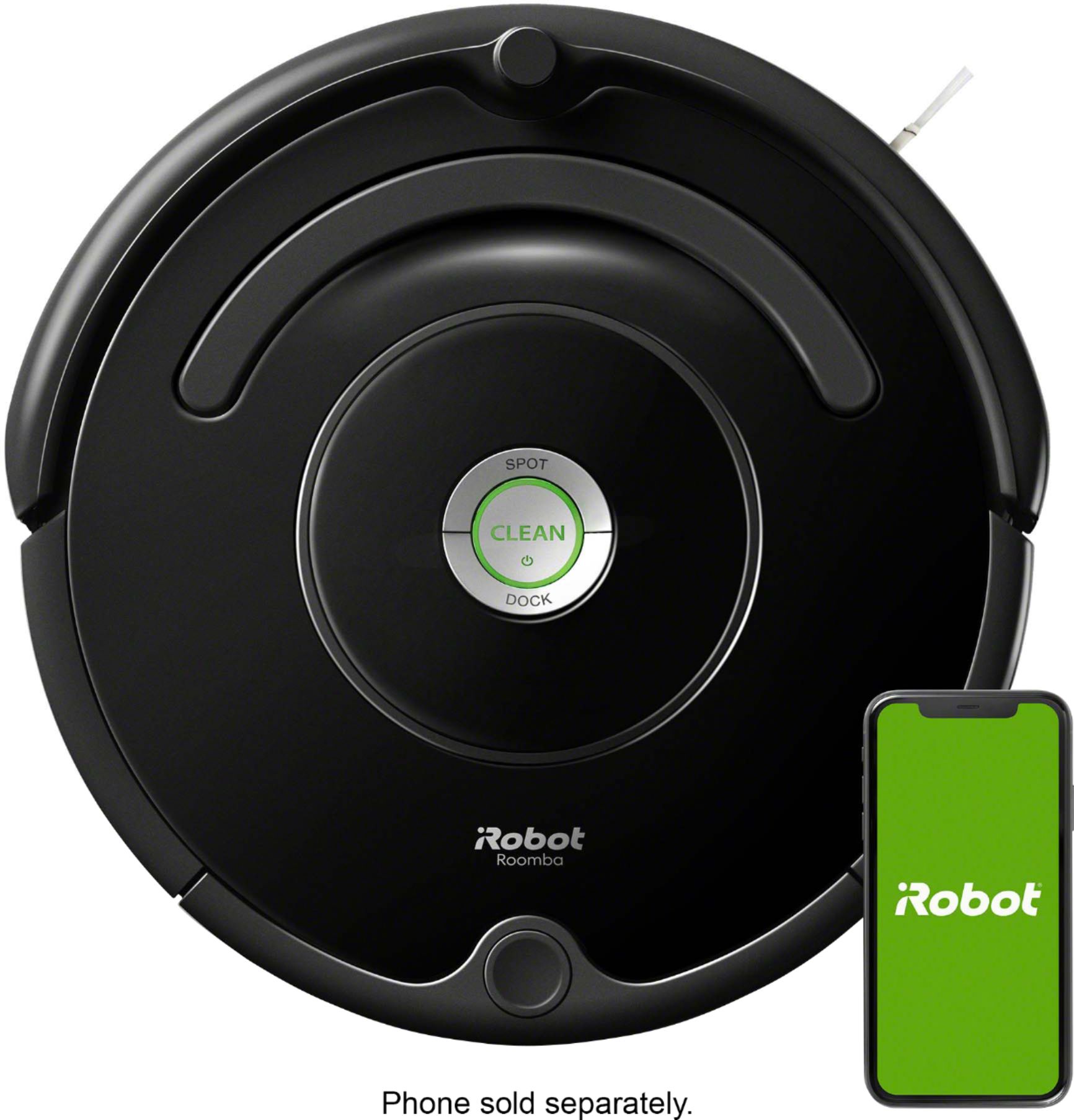
$250 at Amazon $250 at Best Buy
It provides powerful suction, home assistant compatibility, and sensors to keep it from bumping into things. This vacuum is a great pick for any home.
Best splurge
iRobot Roomba i7+
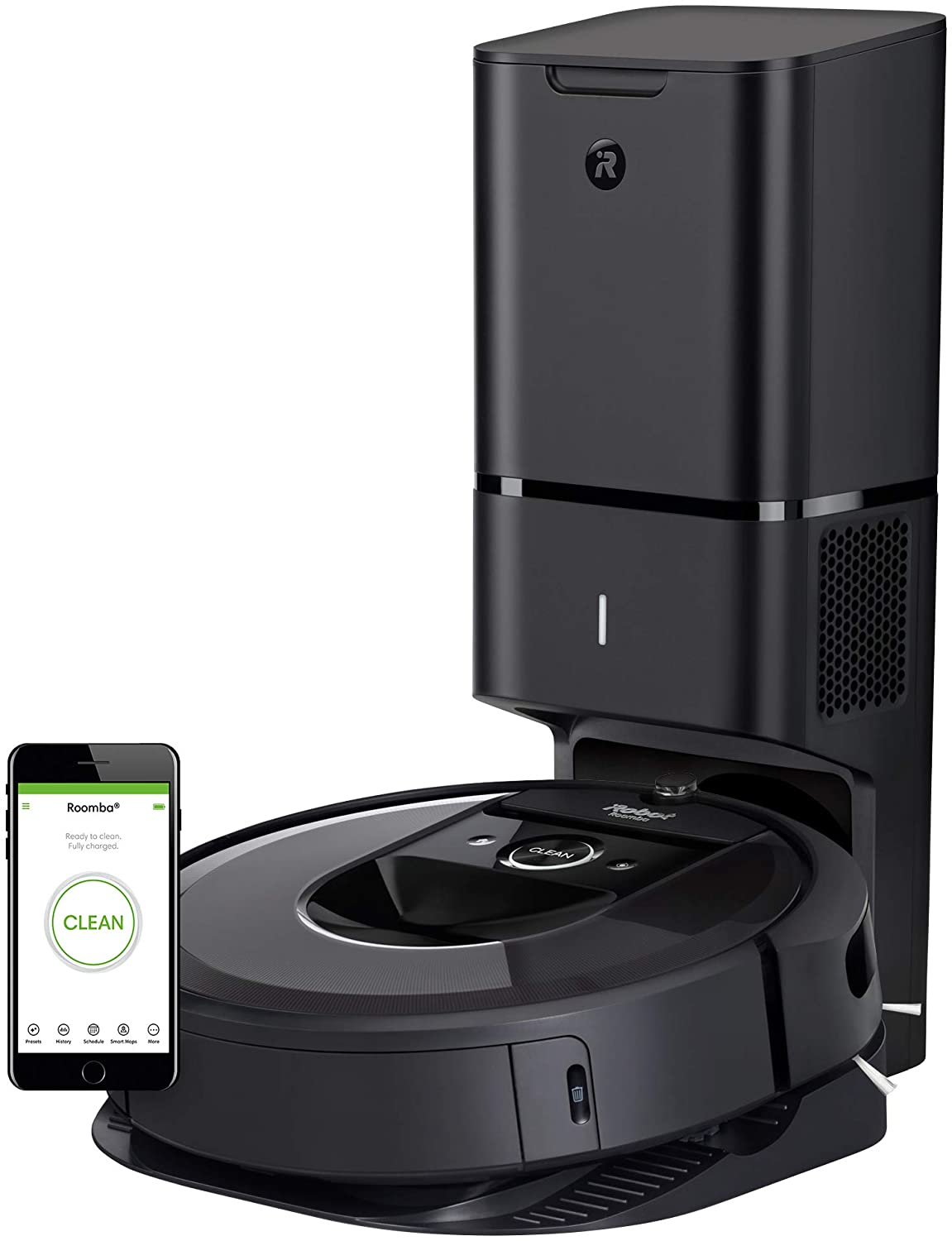
$800 at Amazon $800 at Best Buy
This vacuum comes with a Clean Base, which allows it to empty its dustbin. You can control it using Alexa, Google Assistant, or the iRobot HOME app.
Best value
Ecovacs Deebot N79S
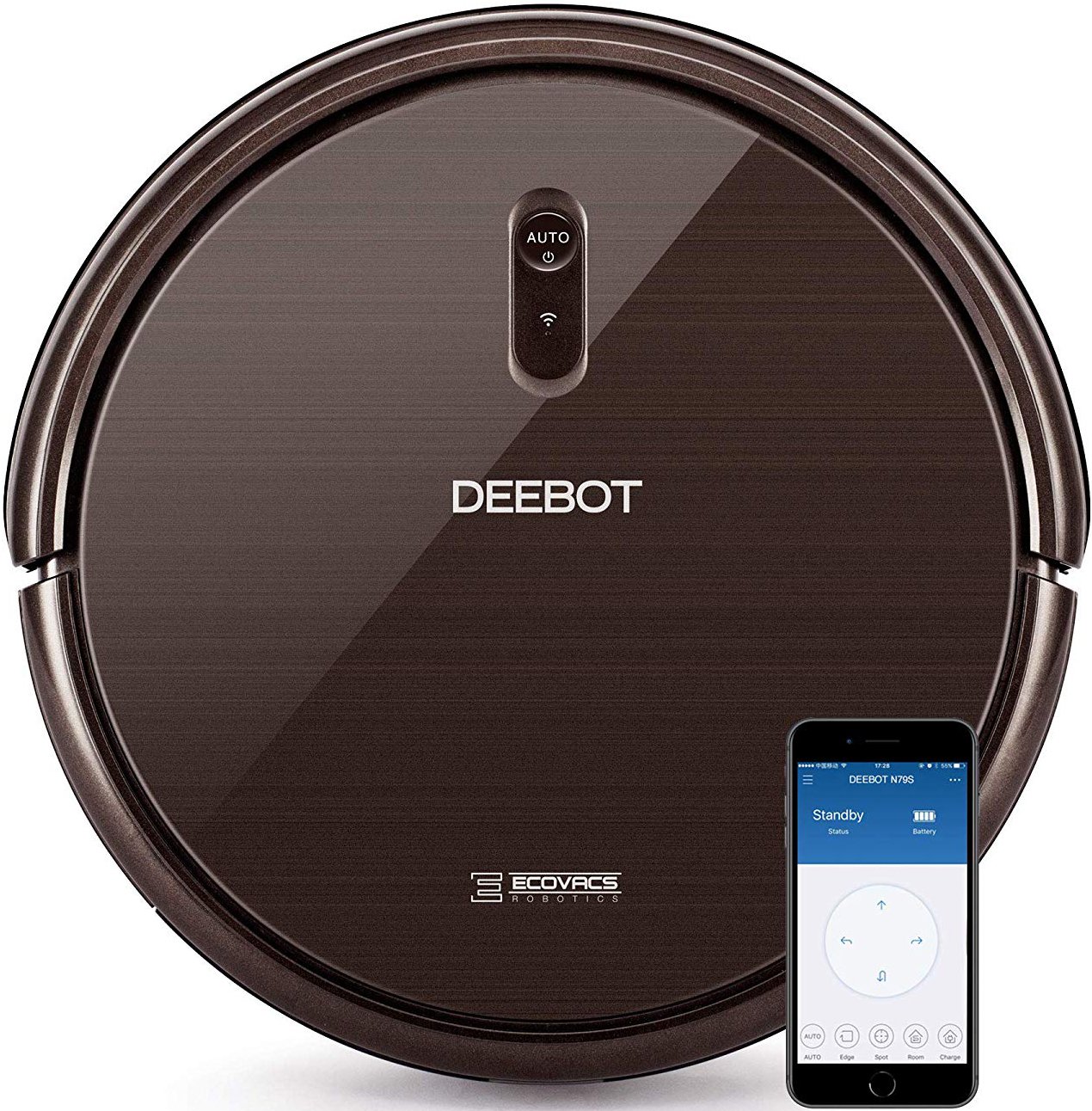
$269 at Amazon
It runs up to 120 minutes on one battery charge. You can control it using the app, Alexa, or Google Assistant. It's great for hard floors and carpets.
What features should you look for in a robot vacuum?
Before you can fully understand which is the best robot vacuum for you and the one you should buy, you must understand all of the features that help set them apart. We've broken down a bunch of the most important things to look for in your decision process and why you need to care about it.
Cleaning
I mean ... duh. The most obvious feature you should be looking at in a robot vacuum cleaner is how it cleans. Specifically the types of floors it can clean like hardwood or carpet or (preferably) both, whether or not it can clean pet hair and whether or not that matters to you, and if it has a mopping function. Some of these features may be essential to your needs, and some may not. The ability to switch between hardwood and carpet, for example, can make or break a purchase if you have a lot of rugs or a large floor area with multiple floor types.
Another essential part of cleaning with a robot vacuum is its ability to get into corners. Most robot vacuums are round, thanks to the original ones being round. It's a tradition that has stuck, but it's not the most practical shape for cleaning square houses if you think about it. These days, most robot vacuums have a variety of brushes and other cleaning tools, though, with at least some designed to sweep up along edges and corners. Keep an eye out for this when evaluating your next purchase because you don't want dirt piling up in places your vacuum can't reach.
Navigation and mapping
If I wanted to run around looking for a stuck robot, I'd just not buy one and do the cleaning myself. I need a robot vacuum that has the right kind of sensors and the smarts to detect its surroundings and adapt accordingly. Depending on where you plan to use your robot vacuum, you want one that uses sensors to avoid drops like falling down the stairs.
Mapping is also essential to a robot's ability to navigate. Usually, advanced mapping causes a bump in the price for robot vacuums, but there's something to be said about the robot's ability to see an entire room and plan the most efficient cleaning route. They usually use a combination of lasers and cameras to map your home, and those are sensors that are different from the ones used for navigation, which is why it usually costs more.
I prefer are the robot vacuums with virtual no-go zones, places you can block the robot from going into. Some robots come with physical borders you can place down, but that means having some unsightly strip somewhere in your house. Virtual no-go zones usually mean the robot has very advanced mapping techniques, too, including creating its own floor plans that you can manipulate.
Size
How big your robot vacuum is can matter for a variety of reasons. When the robot vacuum is too small, it might not have enough clearance to shift between styles of floor. You may need a robot that can lift itself onto carpet from hardwood, for example. Of course, the necessary dimensions of your robot cleaner really depend on the layout of your home and what your furniture is like. You might have a couch so low to the ground you'd need a robot as thin as a sheet of paper to fit under there. If that's the case, maybe you don't care so much about how tall the vacuum is. However, if you need one that can go under furniture, make sure the one you buy is short enough to do so.
The other thing to remember when it comes to size is that the larger the vacuum is, the more room it has for things like a decent-sized dustbin. The dustbin is the most manual part of the robot vacuum really. Unless you're getting a super-advanced product like the iRobot Roomba i7+, you're not going to get a robot vacuum capable of dealing with its own garbage. The larger the dustbin, though, the longer it takes until you have to empty it again. Find the right balance between size and functionality that works best for you.
Smarts and control
How smart your robot vacuum is will determine how easy your life is going to be. There are a couple of ways robot vacuums show off their intelligence: how autonomous they are and how advanced the smart features are. Let's start with the first thing: autonomy. This ties into a lot of the features already mentioned, especially navigation. You need a robot vacuum that can do its job, figure out its own issues, recharge its battery when it's low, and finish the tasks you've assigned. If your robot vacuum lets you set its schedule, even better. With some, you can even send it to spot clean or clean a specific room it has in its databanks. All of that is pretty important if you want to eliminate the minutiae from your life.
You also need a smart robot with smart functionality. Some robot vacuums just come with a button or two on them you can press to send them to work. The better robots come with an app you can download on your smartphone. Connect the robot to your Wi-Fi network, and you can program it in all sorts of ways just from the app. Even better is if the robot can connect to your smart home altogether. Control the robot with your voice using Amazon Alexa or Google Assistant. Higher-end models give you the ability to assign commands like "Clean Bobby's room" to set the robot on a task.
How to choose the best robot vacuum
It can be hard to choose the right robot vacuum for your house. There are so many on the market with so many different abilities. There's more to it than simply getting something that can vacuum your home.
Each robot vacuum has different abilities and convenience features that you'll want to consider. Typically, the more you pay for a robot vacuum, the more conveniences you get. However, you can still find some decently priced options. Here are a few things that can help you find the best option for your needs.
Battery life
If a robot vacuum is super good at sucking up debris but doesn't last long, it's going to take a long time to clean your home. Ideally, you'll find a vacuum with long battery life.
For something that can last for long stretches, we recommend the Roborock S6. It can last up to 180 minutes at a time before needing a recharge. That way, it can tackle large areas or particularly messy sections of your home. If it doesn't hit everything in its first run, it will recharge and continue cleaning.
The Roborock S5 also has an impressive run time of 150 minutes, so it'll be able to clean more floors before heading back to its dock. This one also has a recharge and resume feature, so it will make sure to get every section of your home after it gets more juice.
The third longest battery life goes to the Roomba i7+, which has a respectable run time of up to 120 minutes. This powerful vacuum will make the rounds in your home and reach more inches of the floor before needing to head back to the dock. If it runs out of juice before cleaning your entire home, then it will pick up where it left off once it's recharged.
The real important part to consider with battery life is the robot's ability to self-charge. Smarter robot vacuums can detect when their own battery is running low and return to the docking station to recharge, fill up the battery, and head on back out. So even if you choose a robot with lesser battery life, if it can do that, it will be able to finish the job no matter what. Obviously, just being able to stay out in the field is important, but compensating for that by recharging your own battery is pretty handy, too.
Dustbin capacity
If a vacuum can run for a long time, but the dust container is small, then you'll need to empty the dustbin frequently to keep it running smoothly. Ideally, you'll choose a vacuum that has both long battery life and a decent-sized dustbin. Here are the devices with the largest debris containers.
Technically the Neato Botvac D4 has the largest container at 0.7 liters. However, it has a shorter run time than most other devices on this list: only 75 minutes. Still, if you only need it to go over a couple of rooms, this vacuum's larger-than-average dustbin is an ideal option.
The magnificent iRobot Roomba i7+ has a 0.6-liter dustbin, which is impressive on its own, but this device offers a lot more convenience than that. When the dustbin gets full, the vacuum empties its load into the included cleaning base. The cleaning base can hold up to 30 containers worth of dust and debris before you need to empty it. Since this vacuum also has a charge and resume feature, you won't have to do nearly as much work when dealing with the debris container.
There's a tie for the next best capacity. Both the RoboVac 15C Max and the RoboVac 11S Max have a 0.6 L dustbin. Between the two, the RoboVac 15C Max gives you more for your money while only costing a few dollars more. Either way, these Eufy robot vacuums will help keep your floors clean with their large dustbins.
Smart functions and conveniences
There's more to a robot vacuum than simply sucking things up. The reason people buy these devices is for convenience. The most convenient vacuums create a map of your home and cover every inch of the floor instead of bouncing around haphazardly. The best also includes the ability to set up virtual walls on an app to prevent your vacuum from entering areas you don't want it to go. Some machines can even mop or can be controlled using a smart home assistant. Here are the best robot vacuums ranked by smart functions and convenience features.
When it comes to convenience, the iRobot Roomba i7+ is miles ahead of its competitors. For starters, you can control it with an app or a smart assistant. It maps your home and thoroughly covers every inch of your floor instead of bouncing around randomly. But what makes it the most convenient choice is the cleaning base. When the vacuum's dustbin gets full, it automatically heads to the cleaning base and empties its load. The cleaning base can hold up to 30 dustbin loads in all. That way, you won't have to keep emptying the dust and debris nearly as often.
The Roborock S6 is another helpful device that will make cleaning your house easier. It features 10 infrared sensors to prevent the unit from bulldozing into your belongings or fatally falling down a flight of stairs. You control it using an app, Amazon Alexa, or Google Assistant. It makes a map of your home and zig zags thoroughly all over your floors. You can even tell it where not to go. Should the battery run out of juice, the device will recharge at the dock and then resume cleaning. Finally, it even can mop your hard floors. You simply attach the included mop to the underside of the device and fill the included tank with water.
The Neato Botvac D4 is also an impressive device with several conveniences. The app is easy to use and allows you to both control and monitor the vacuum. You can also use the built-in Wi-Fi to control the unit using Amazon Alexa or Google Assistant. This vacuum also maps your home, which allows it to clean your floors in an orderly fashion rather than running around randomly. You can use the virtual walls within the app to prevent the device from going into specific areas of your home.
Price (lowest to highest)
Price is going to be a factor for any purchase you make. Just keep in mind that the most economical options tend not to have as many conveniences as the more costly ones. If you're simply looking for a budget option, then here are some choices to consider.
The iLife V3s Pro is the least expensive unit on this list by far. It does a great job of cleaning hard floors and low-pile carpets without the help of any Wi-Fi functionality. You won't be able to control it using an app or a smart home assistant, but it does come with a remote.
Ecovacs Deebot N79S is a popular choice for many consumers. It's inexpensive, but it can still be controlled using an app or smart home assistants. It might not have the ability to map your home, but it provides excellent cleaning for the areas it hits.
Finally, the Eufy RoboVac 11S Max is another great budget buy. It works great on hard floors and carpets up to medium-pile height. It also comes with a remote, so you can still control it from a distance even though it doesn't have an app.
Credits

Rebecca Spear loves keeping up-to-date with the latest and greatest electronics. She is a life-long gamer and a writer who has written hundreds of online articles over the past four years. On any given day you'll find her drawing with her Wacom tablet, playing video games, or reading a good book.
